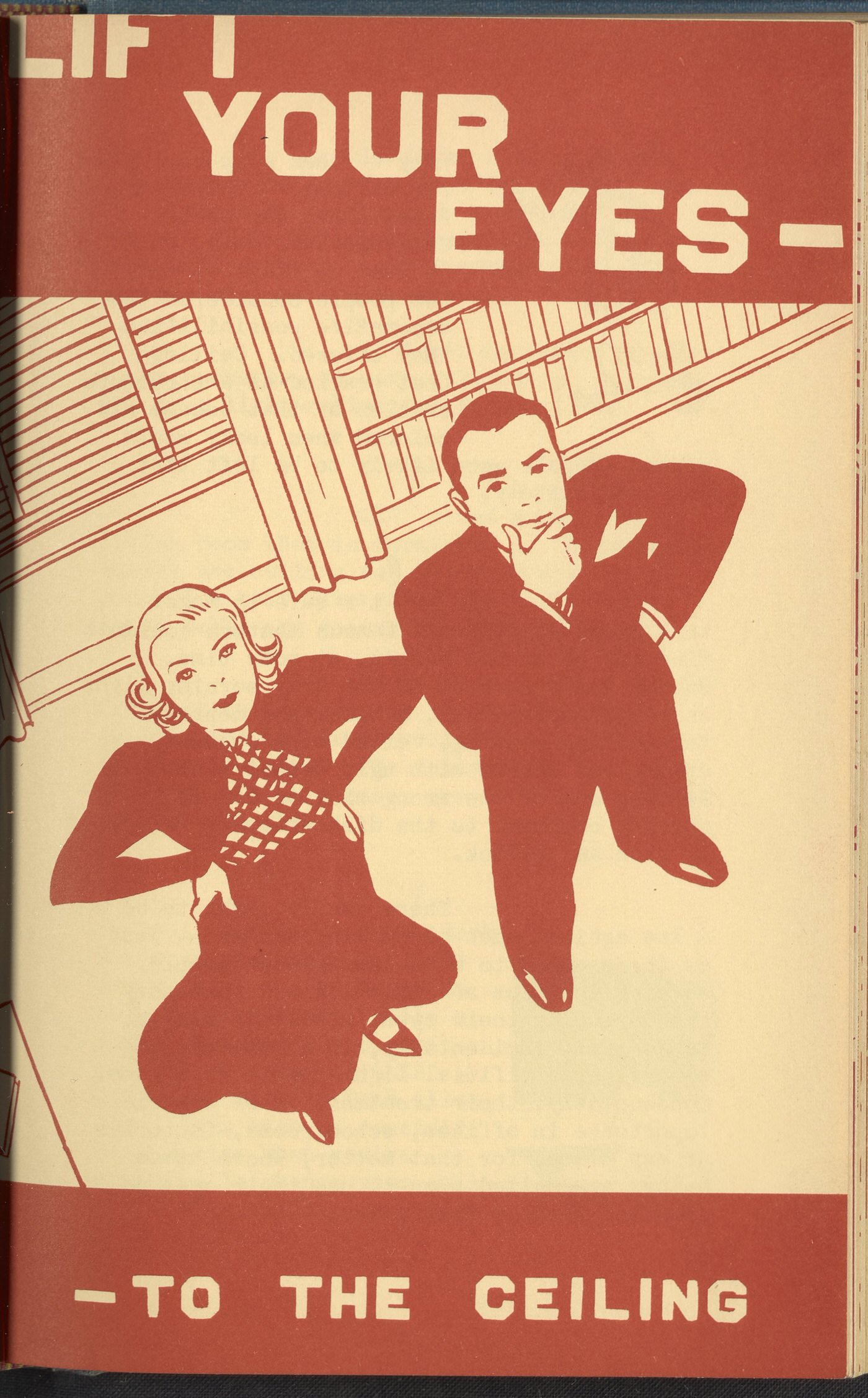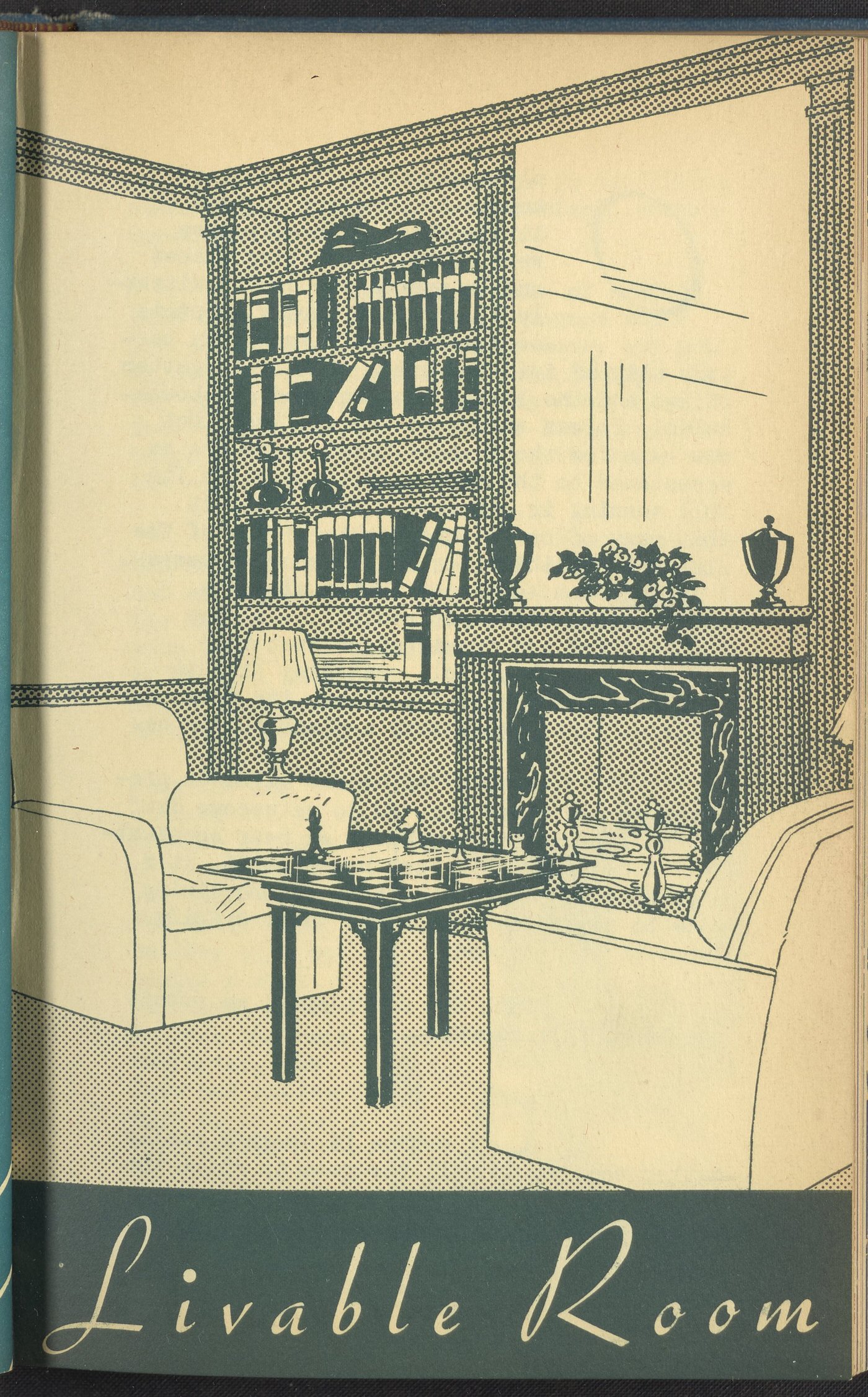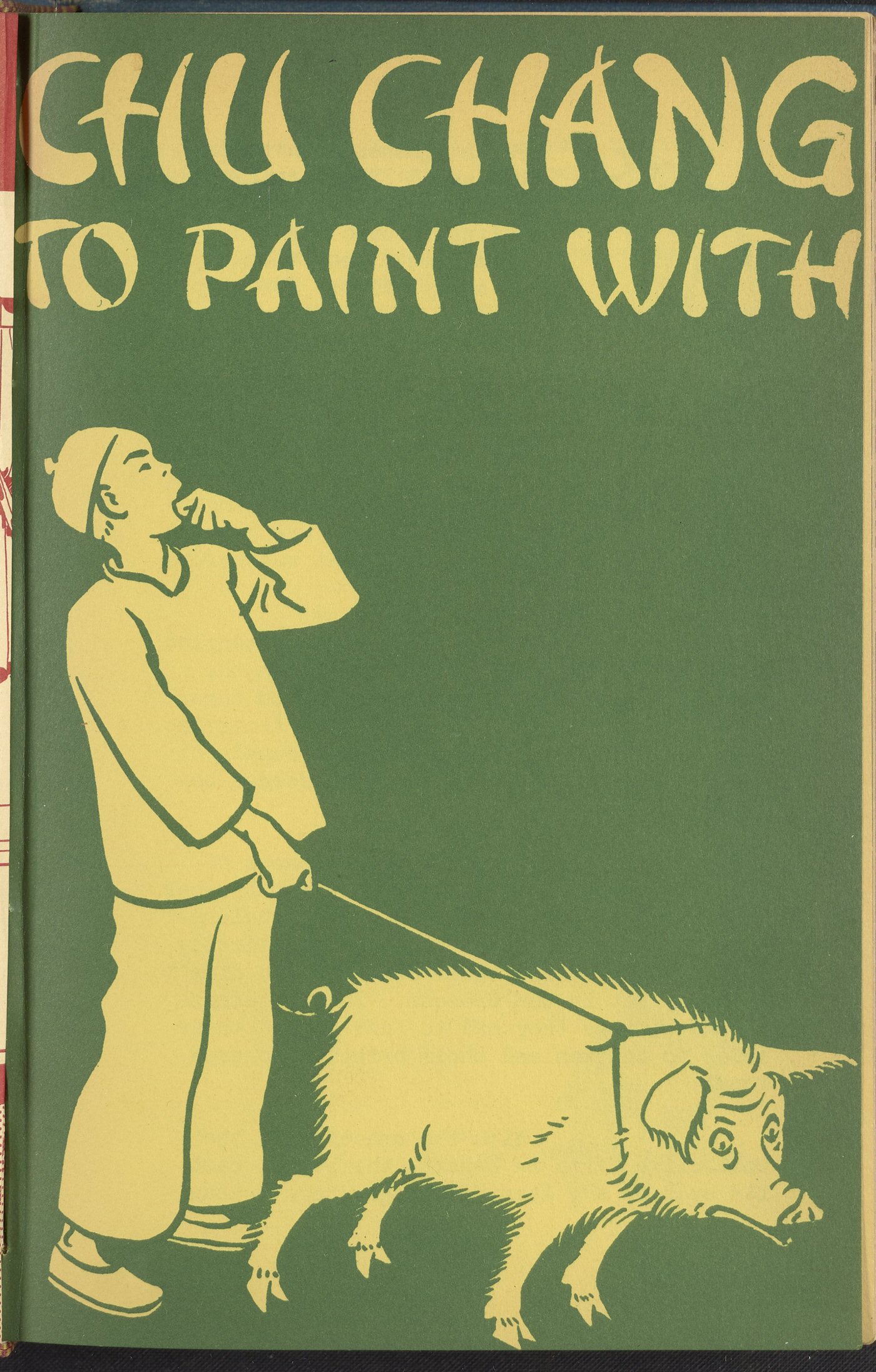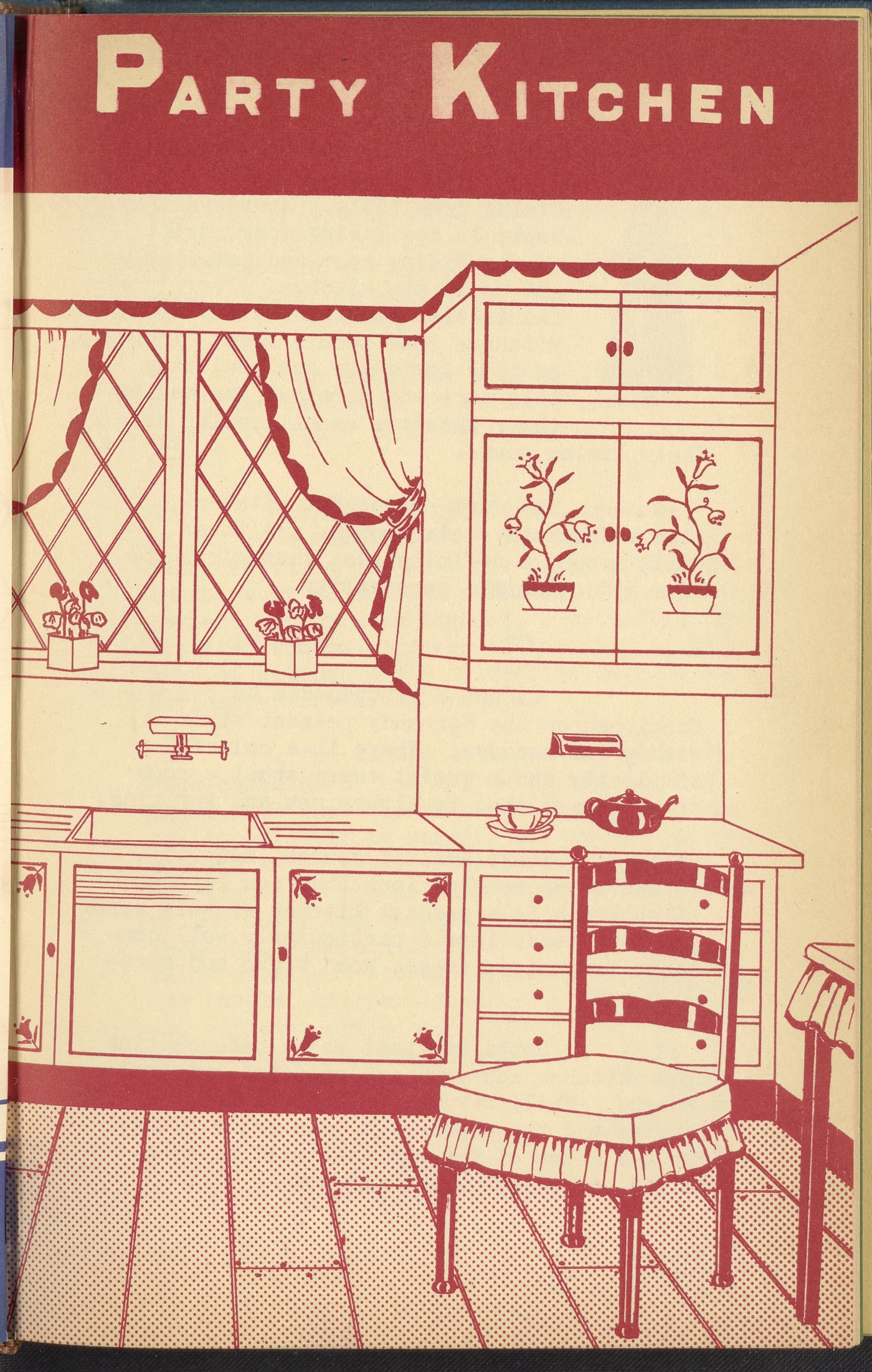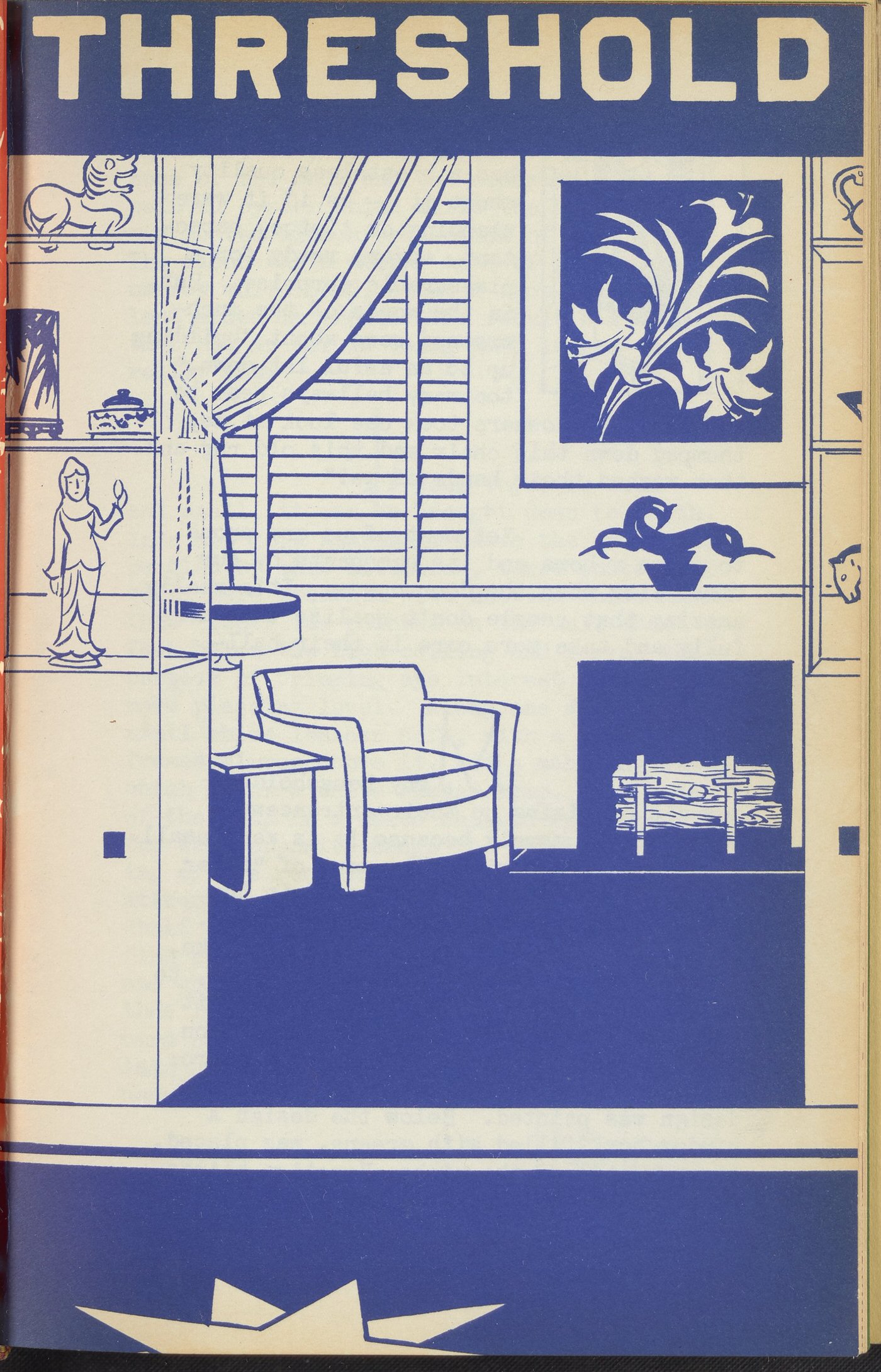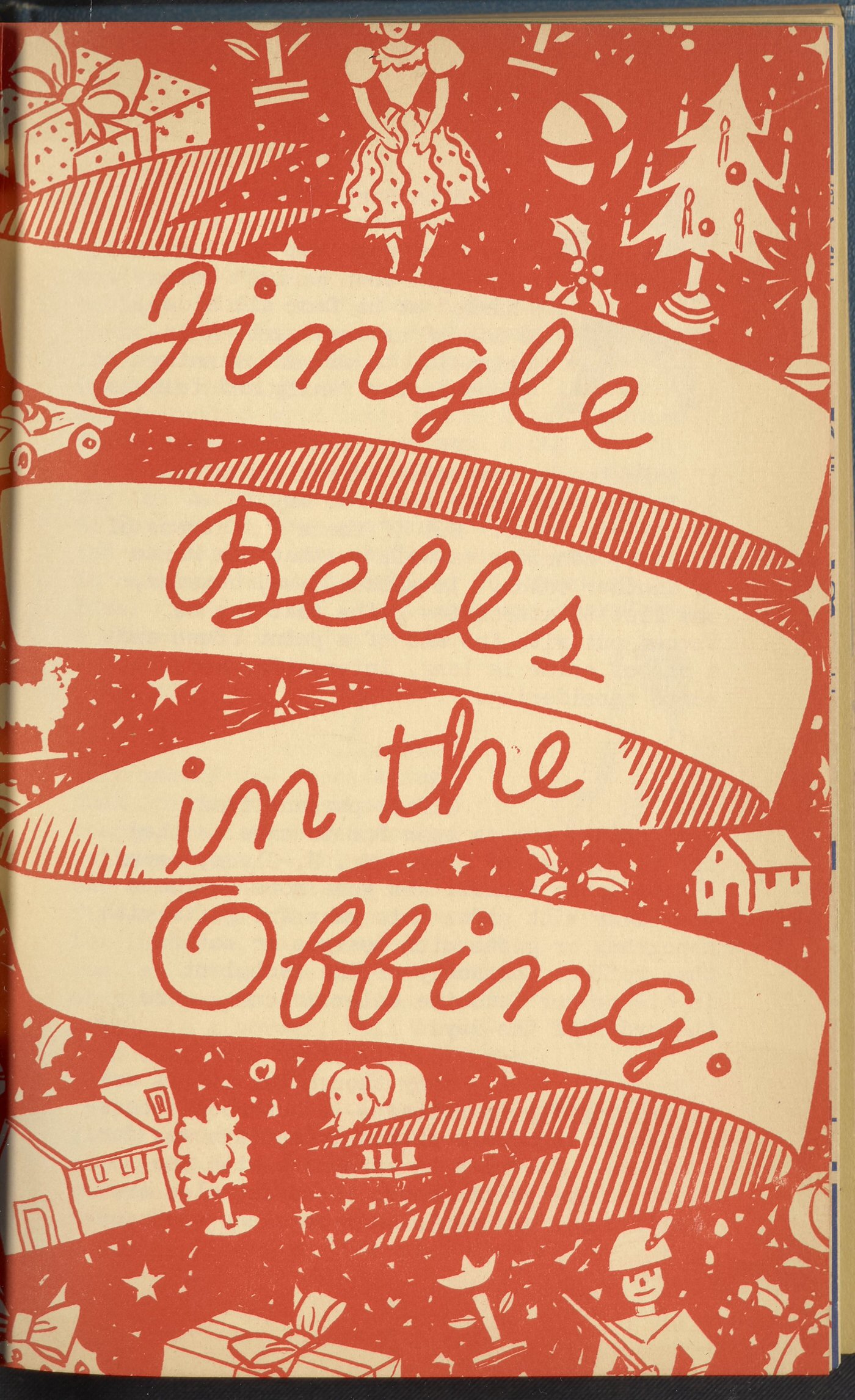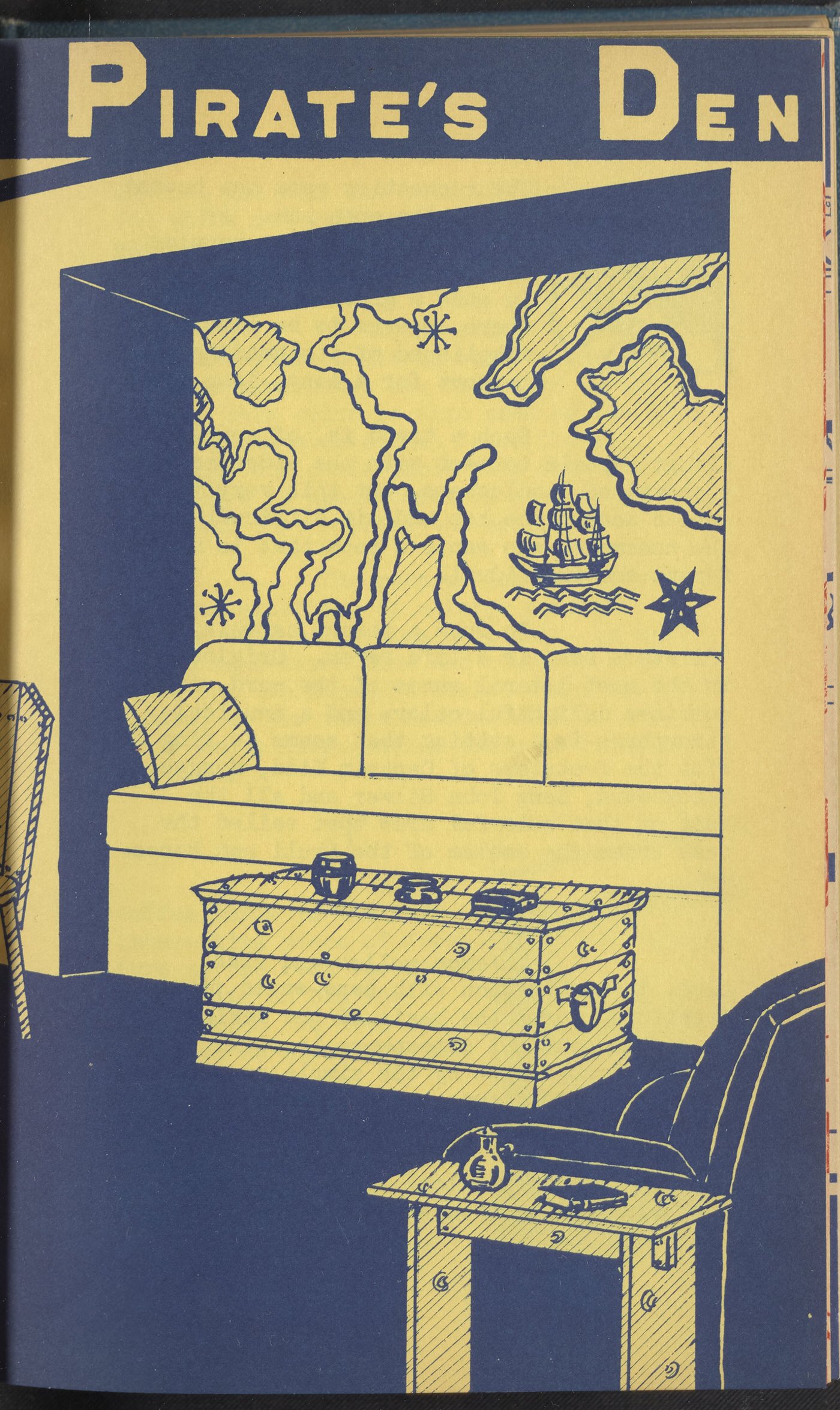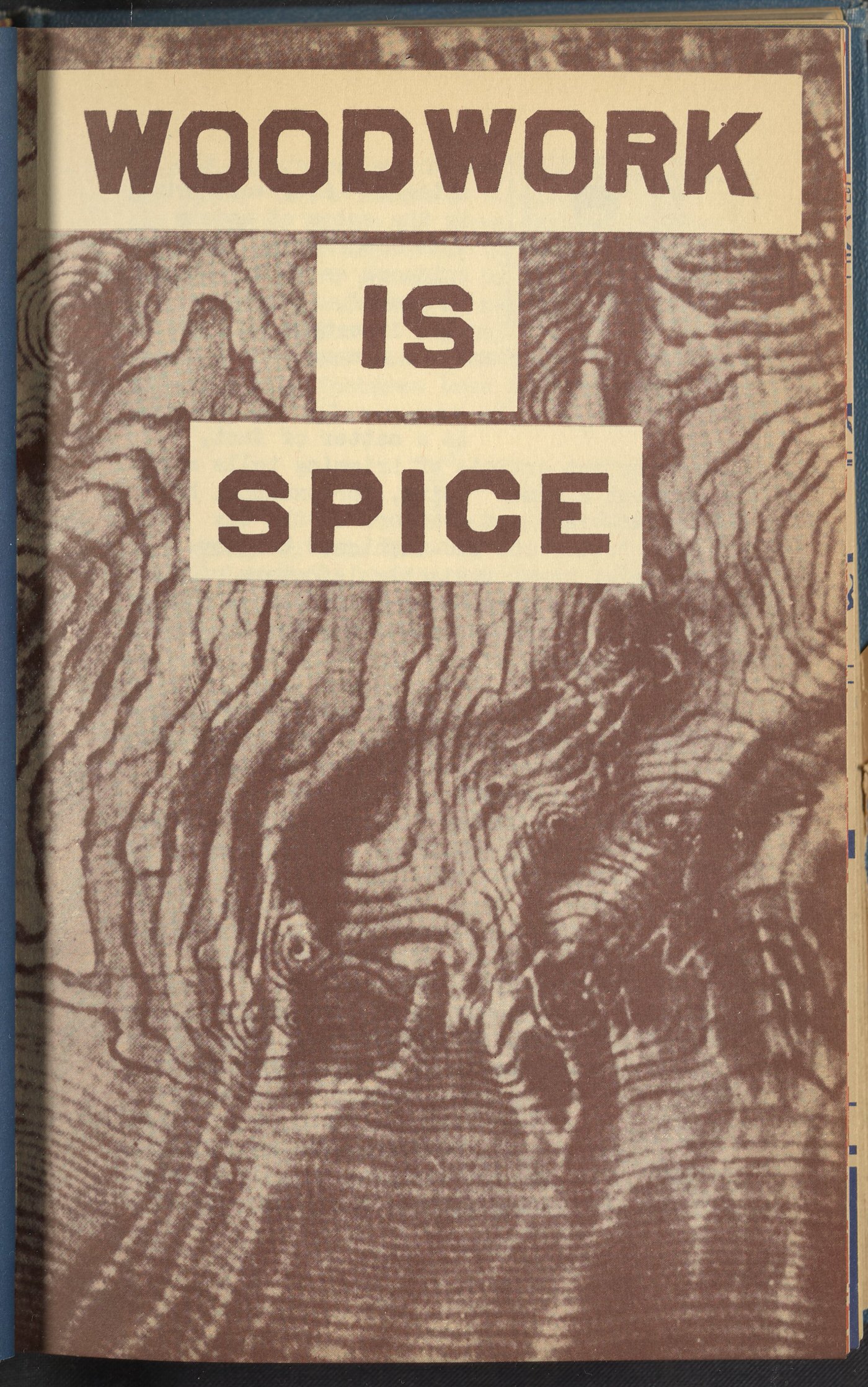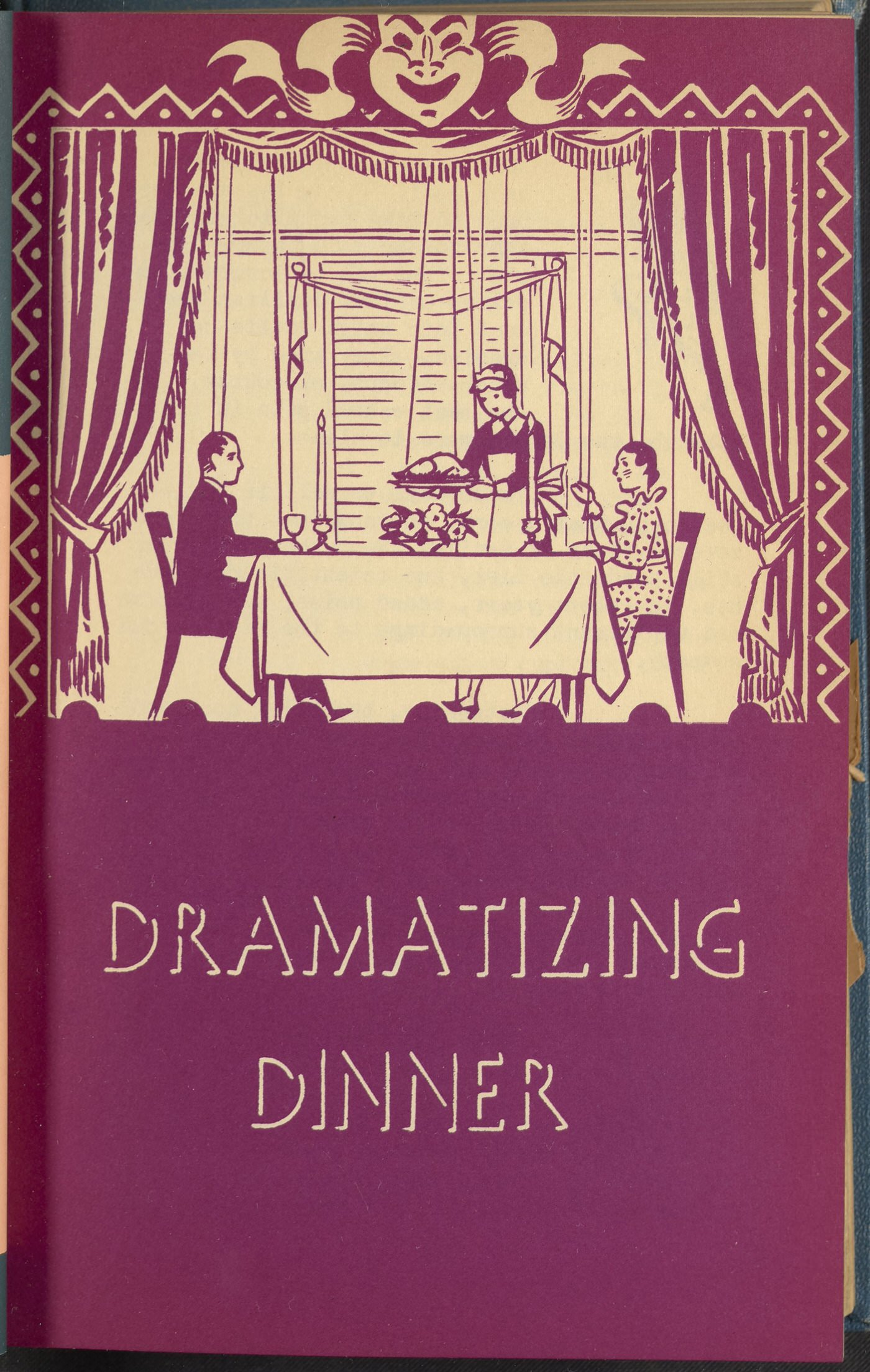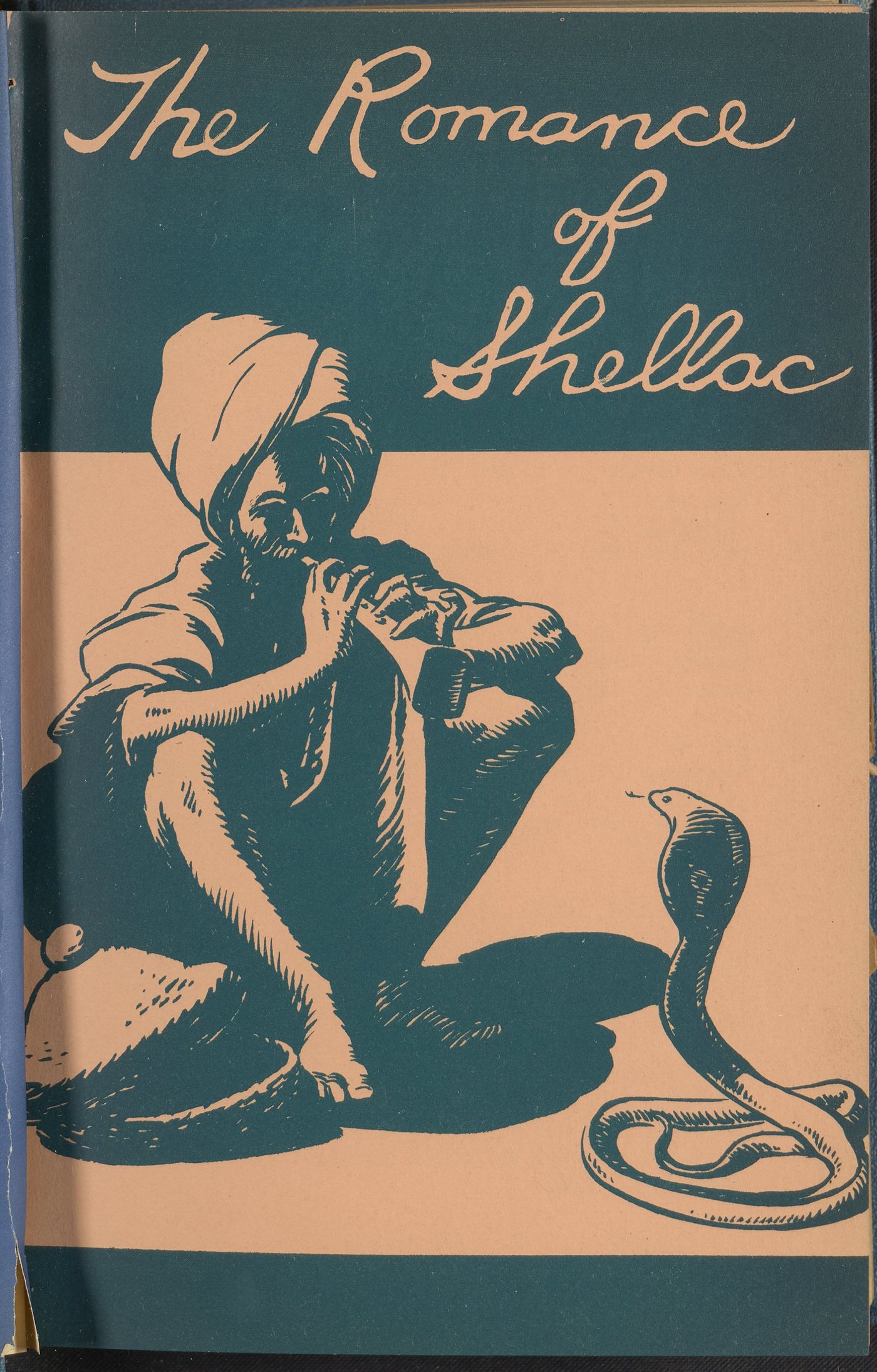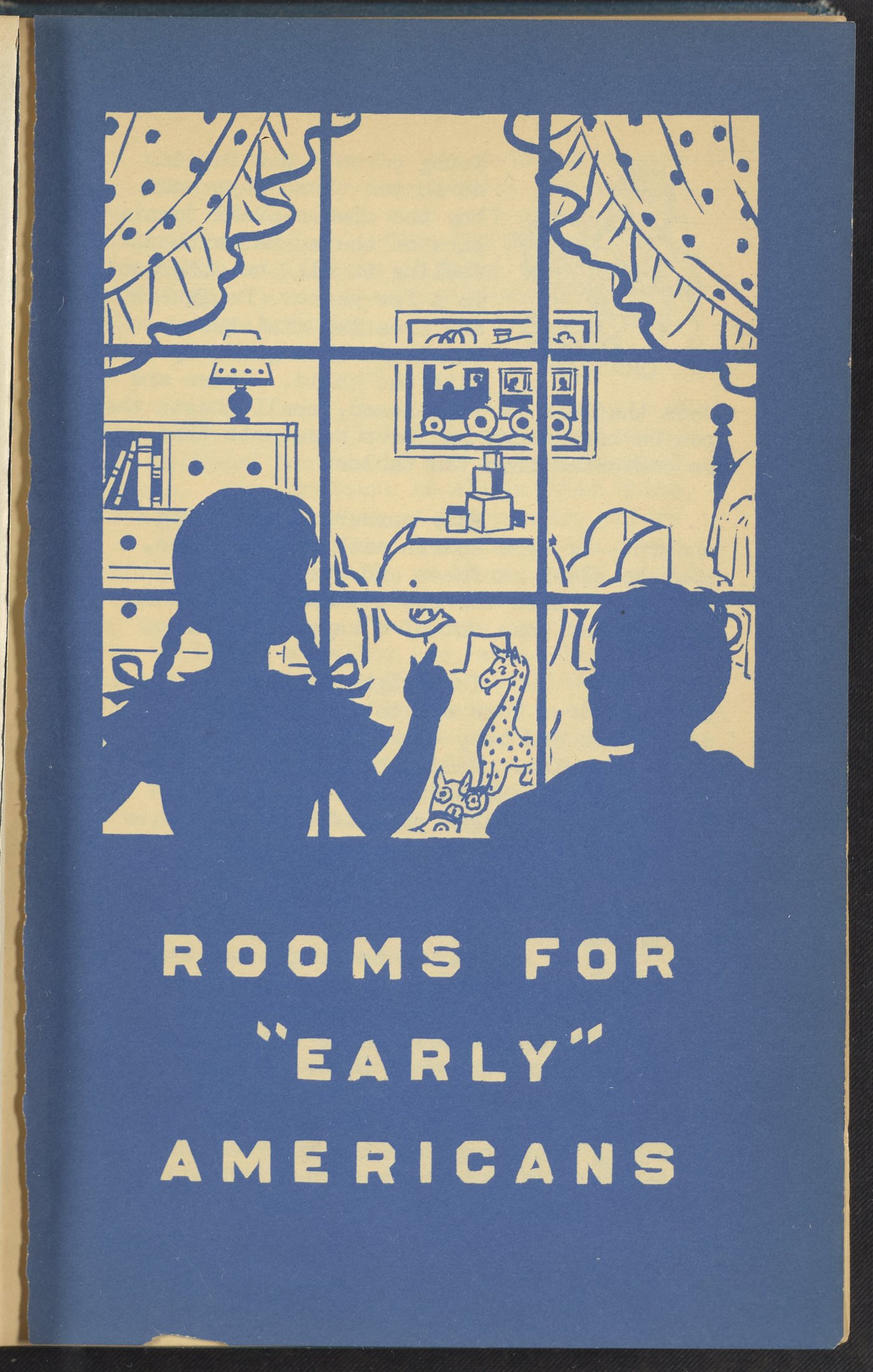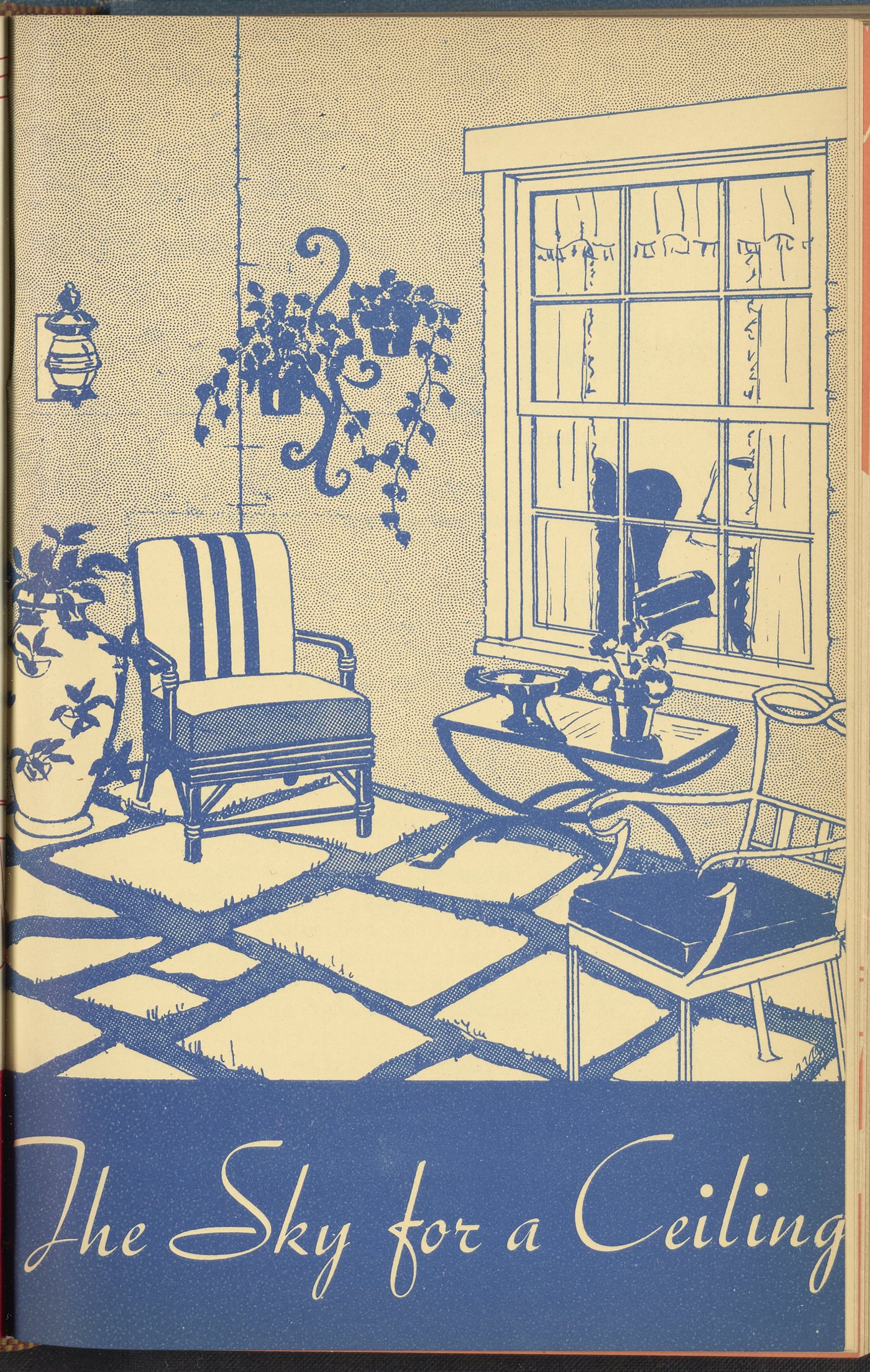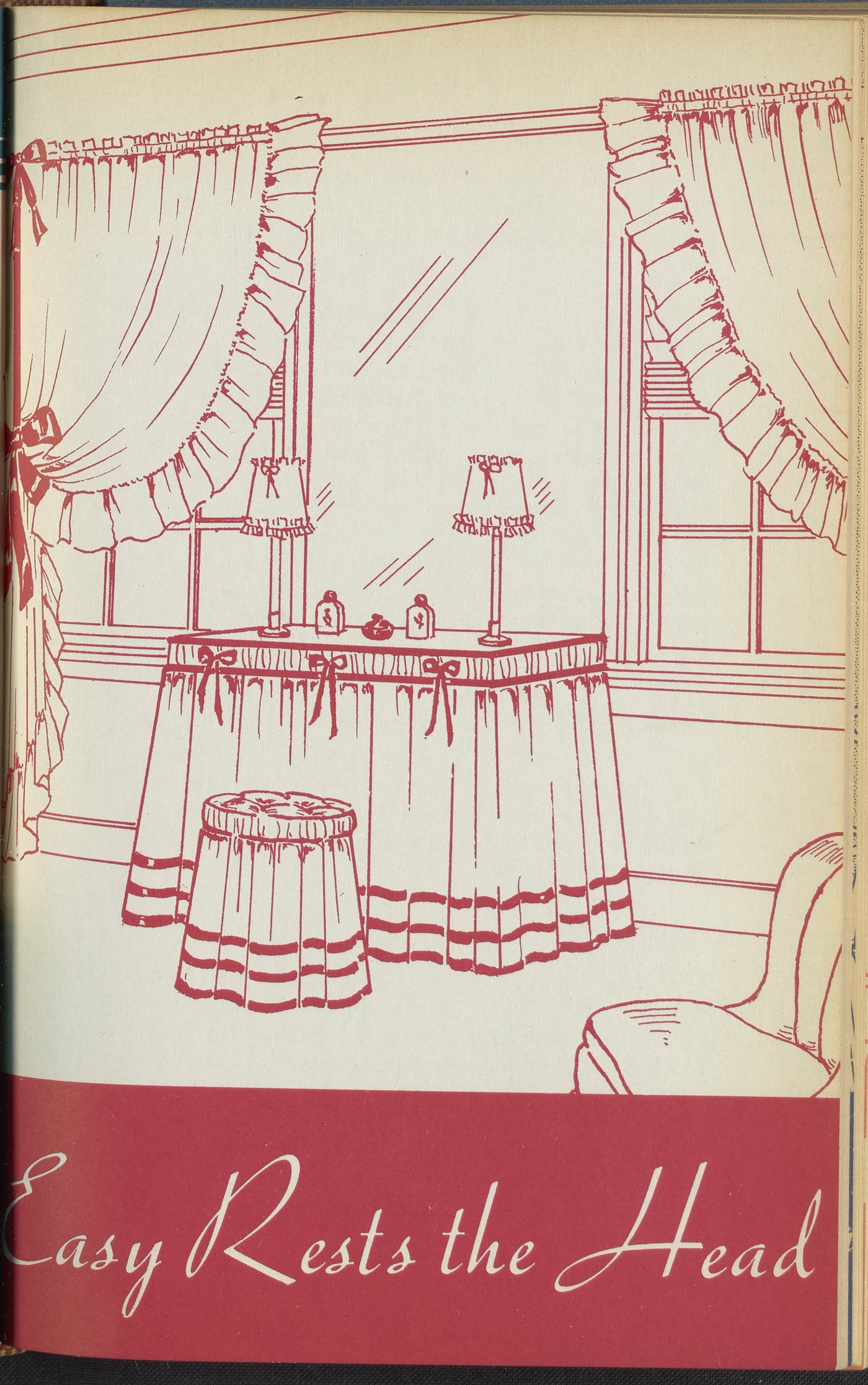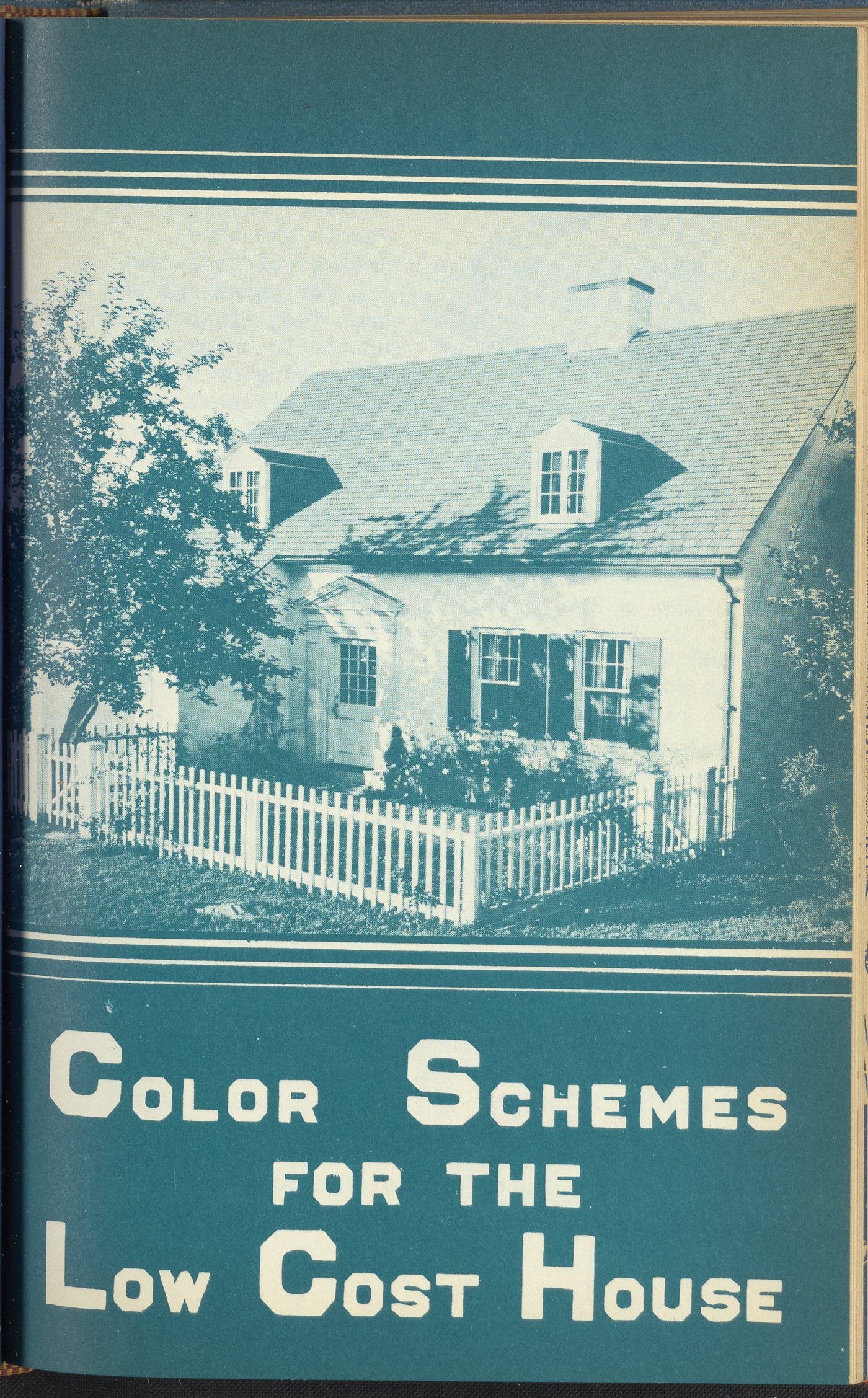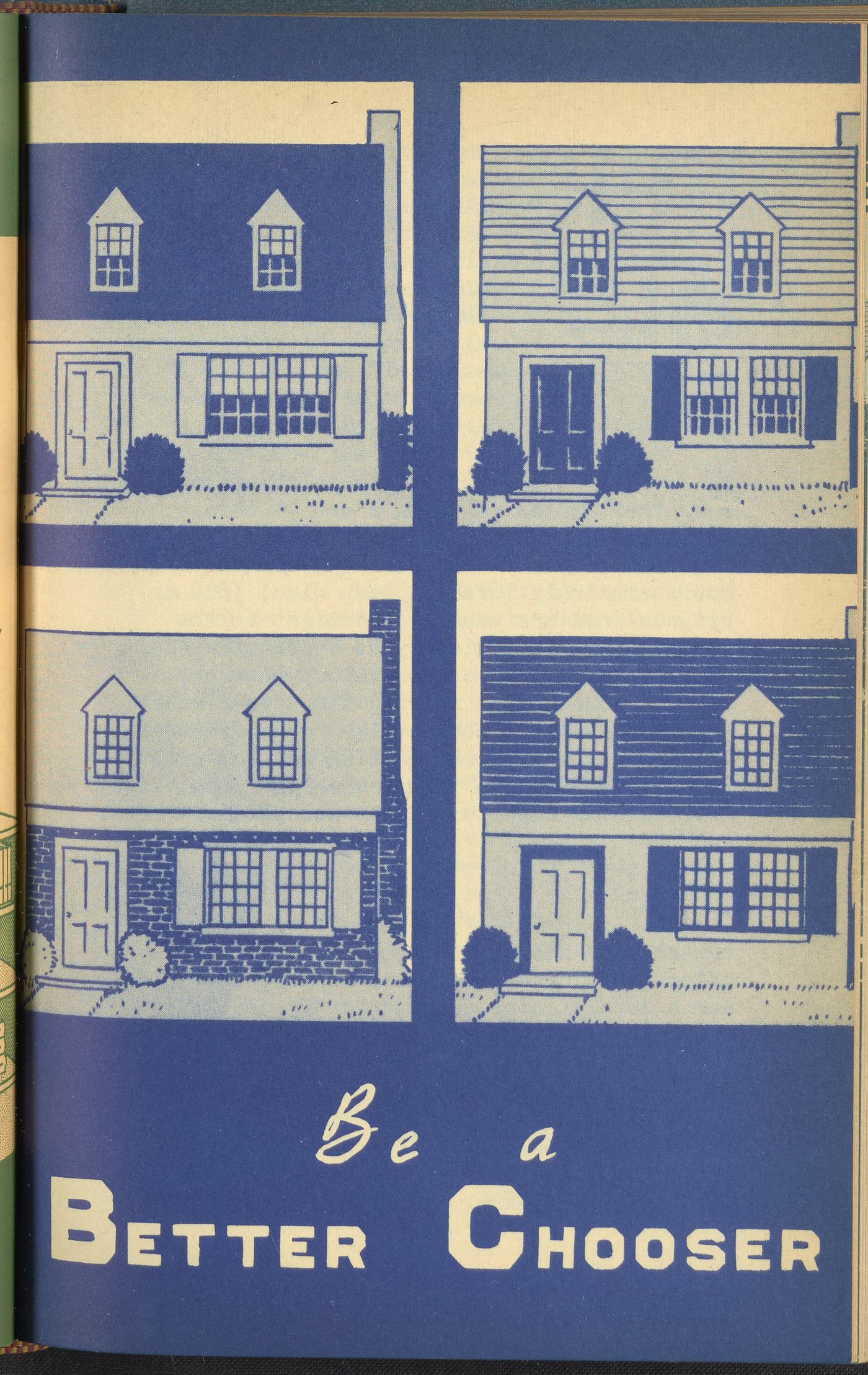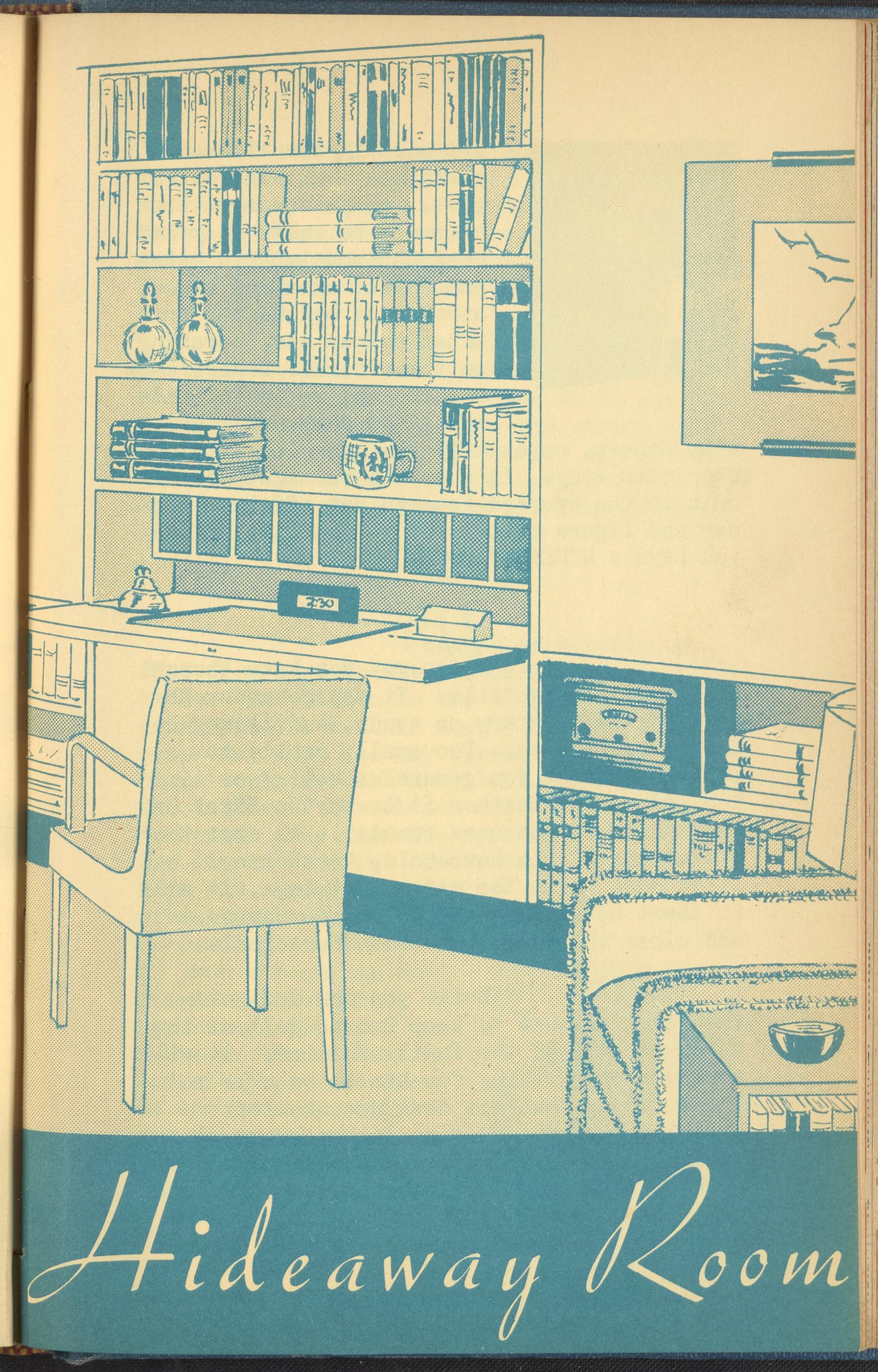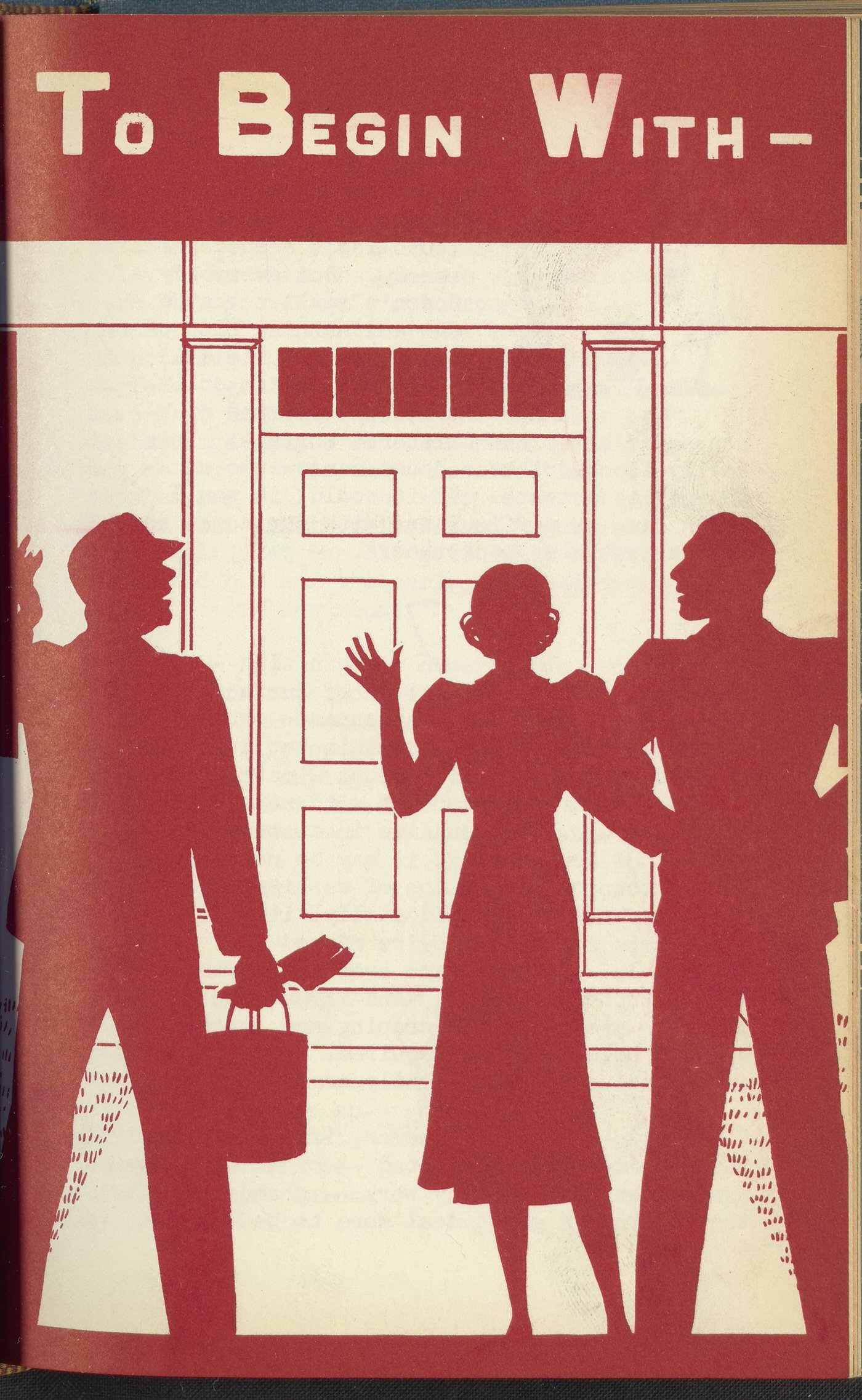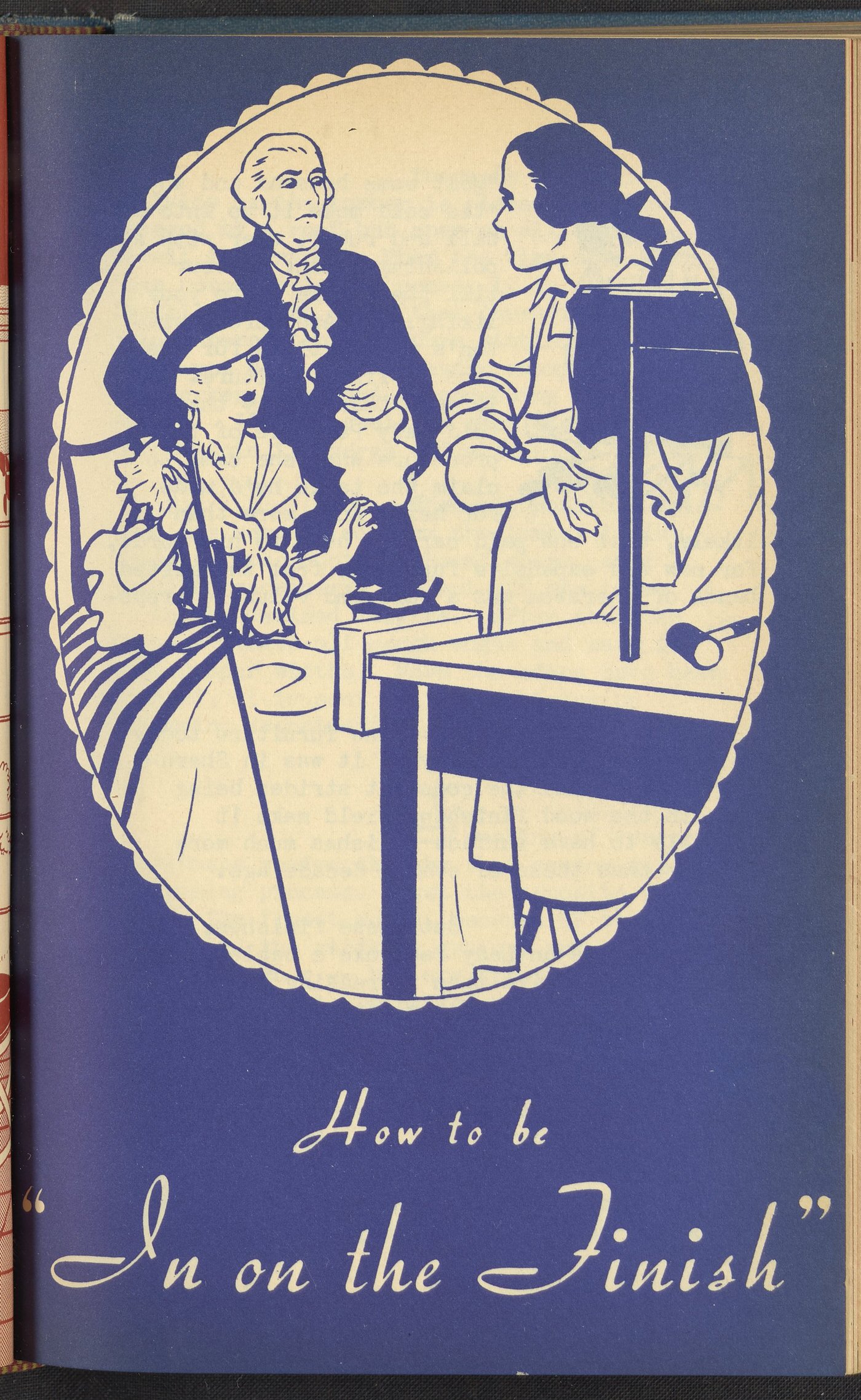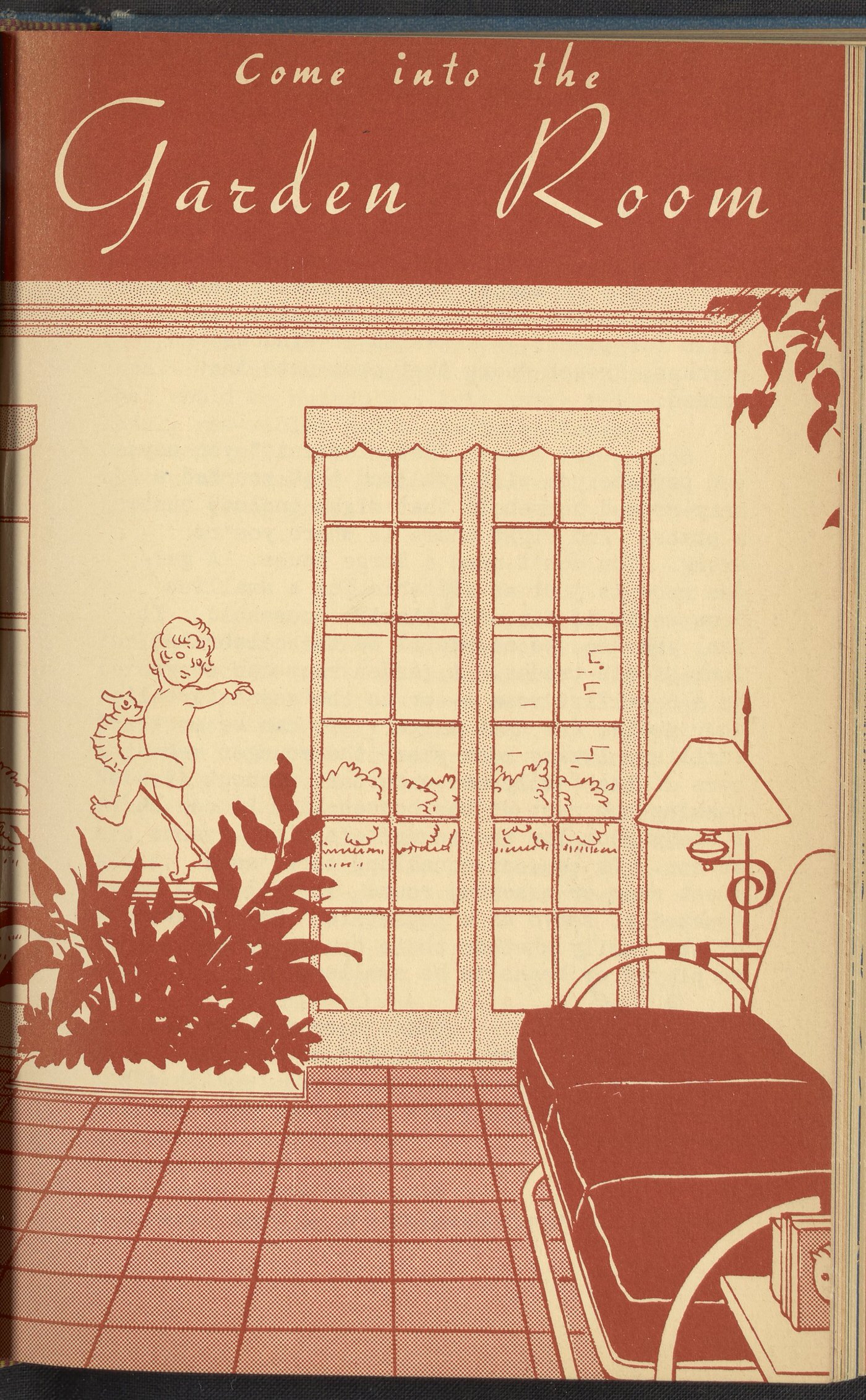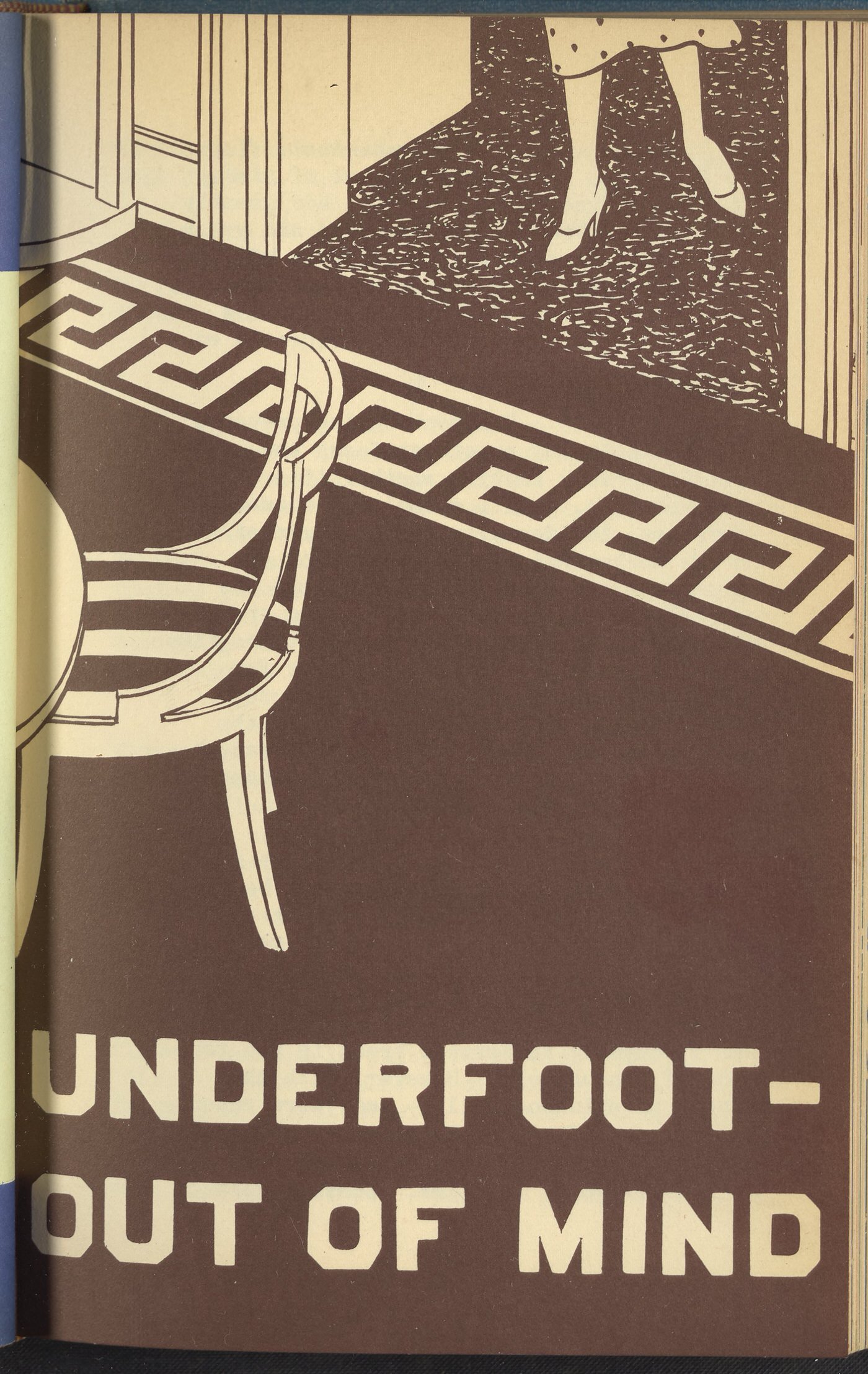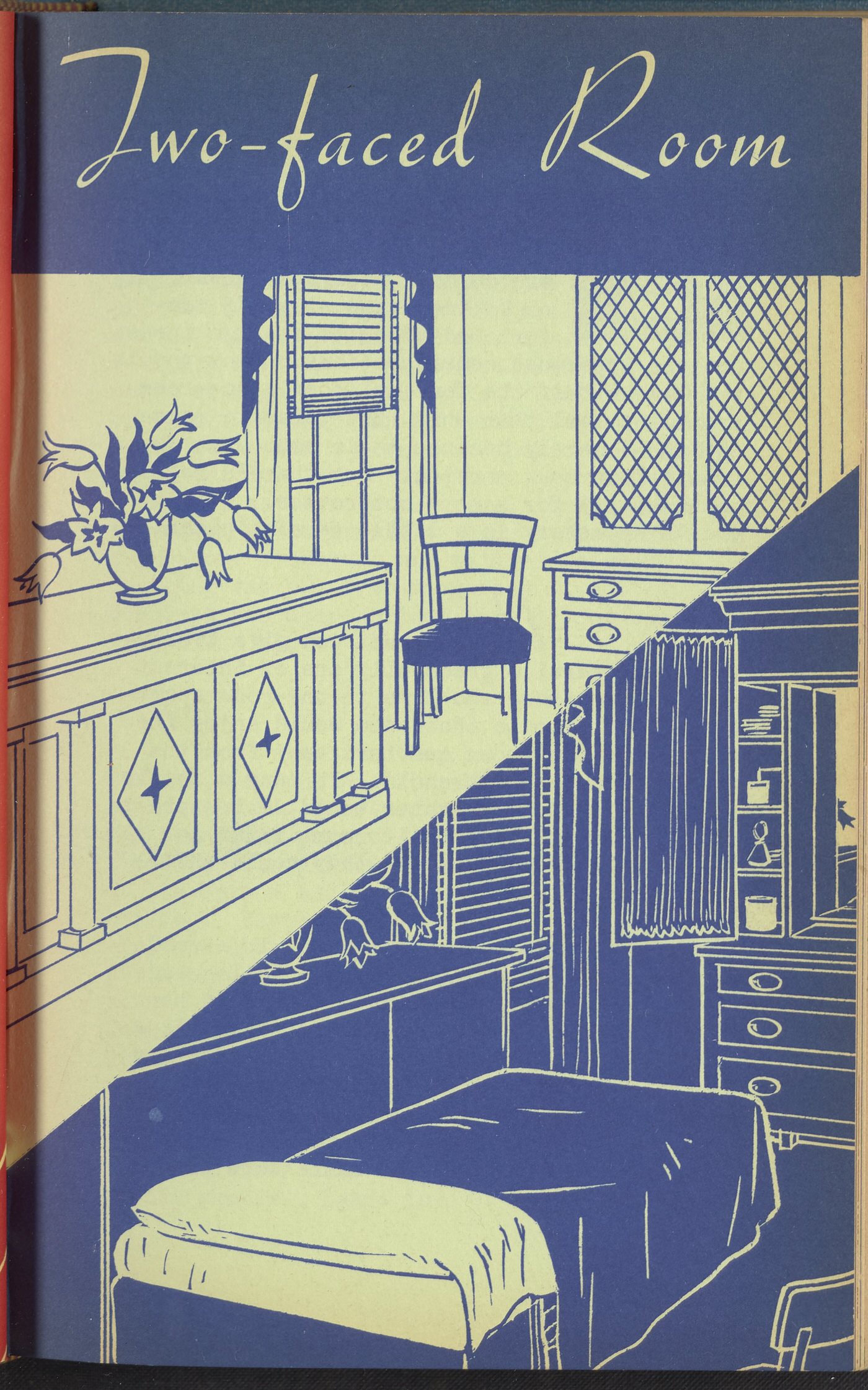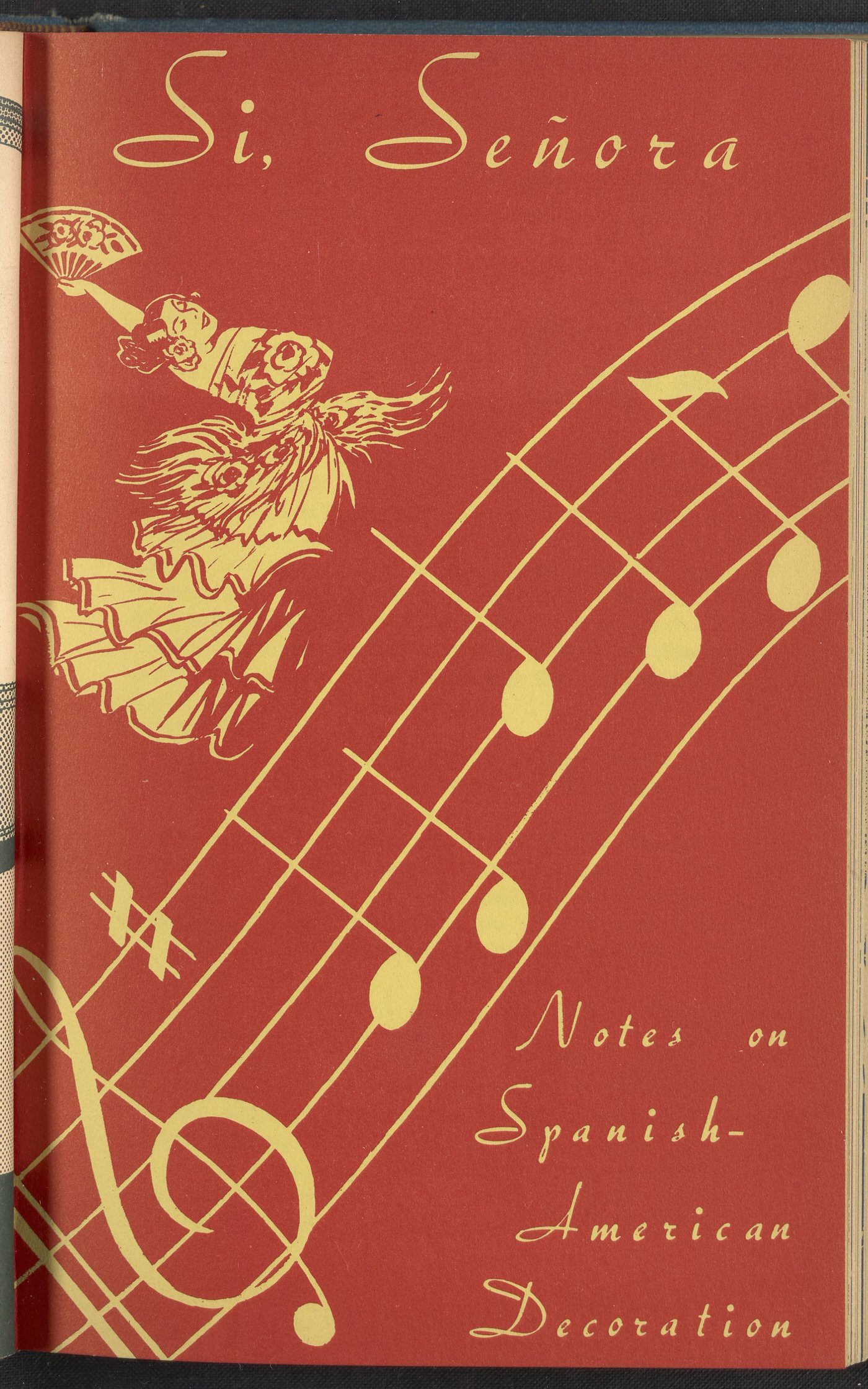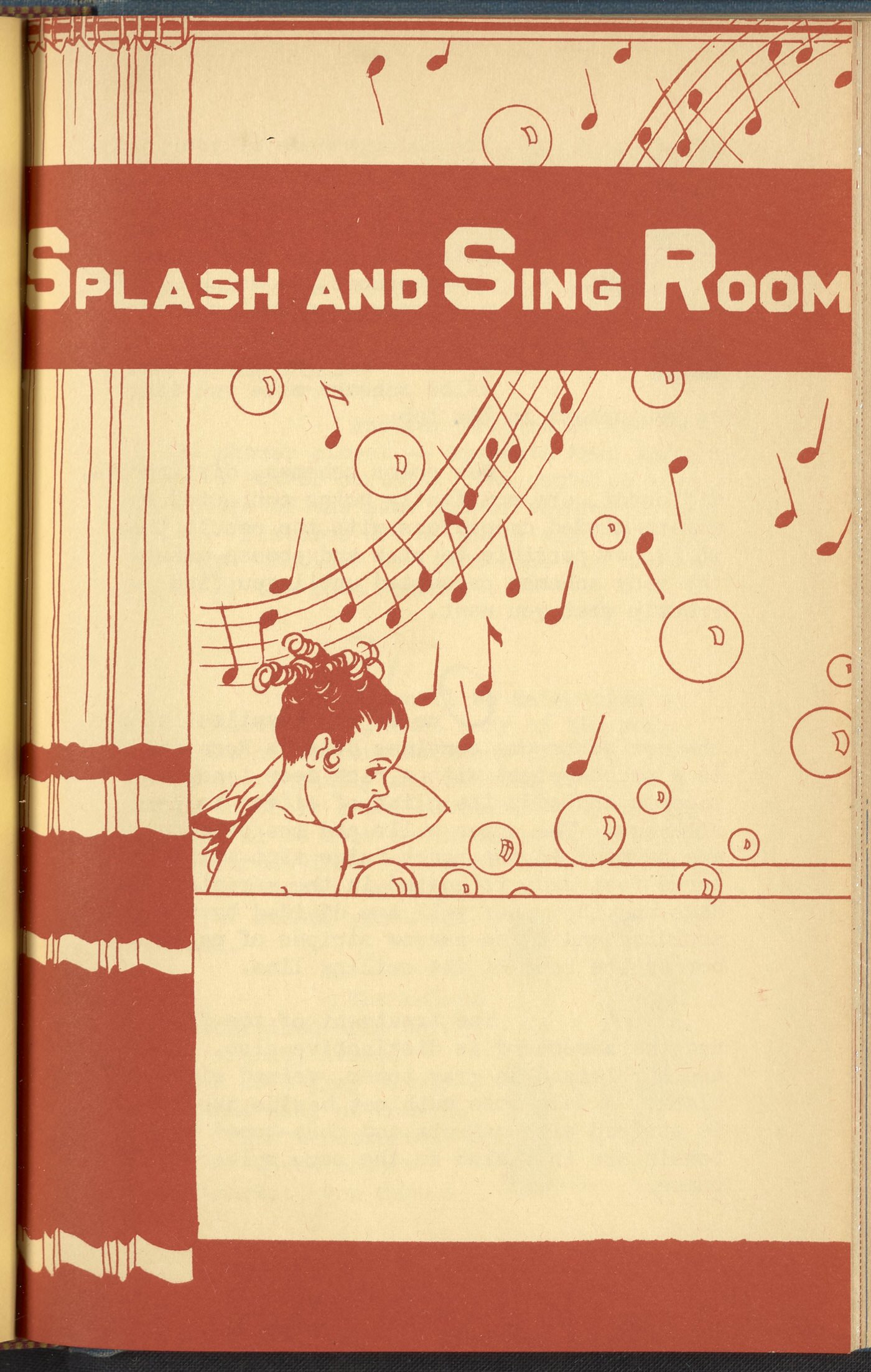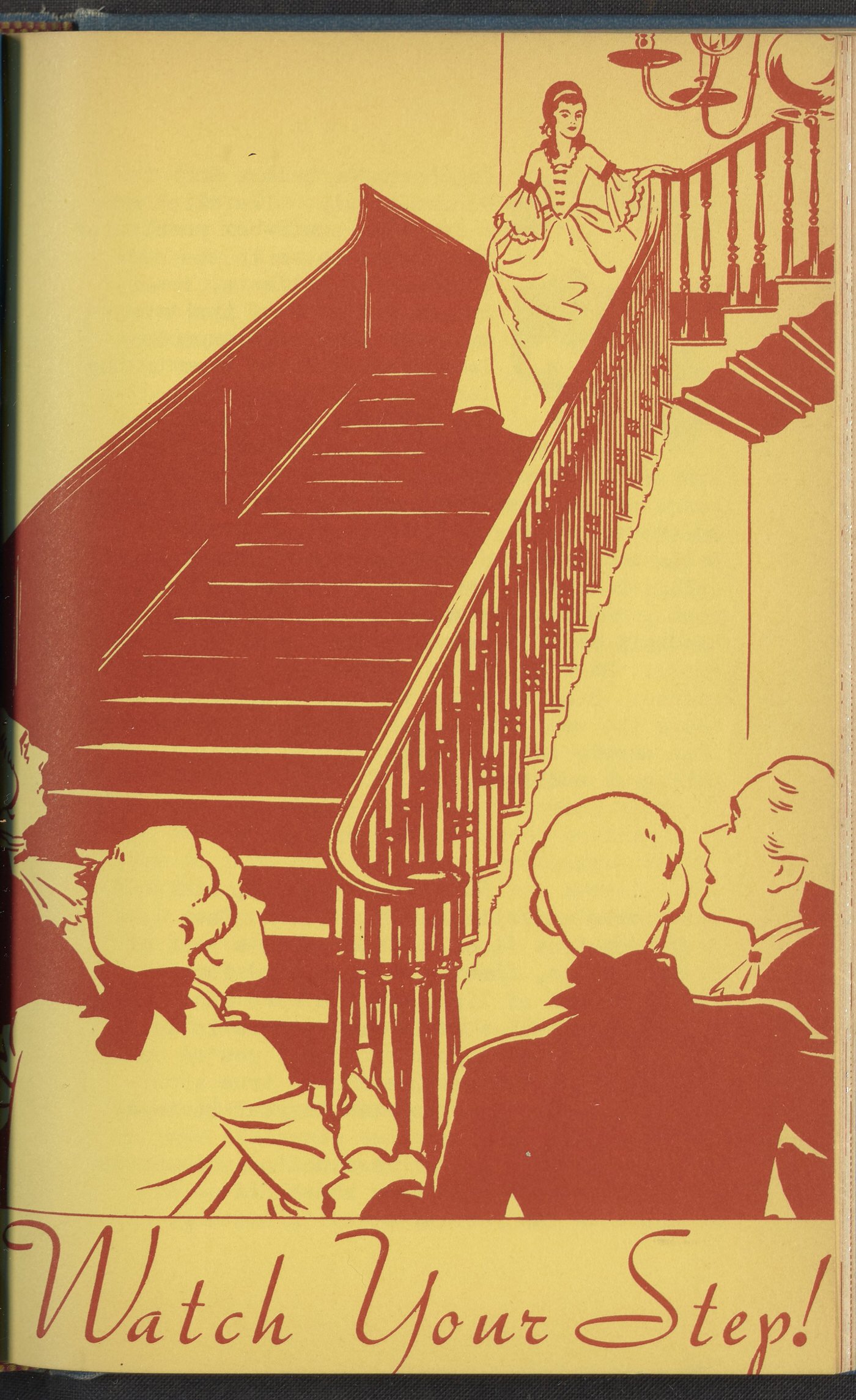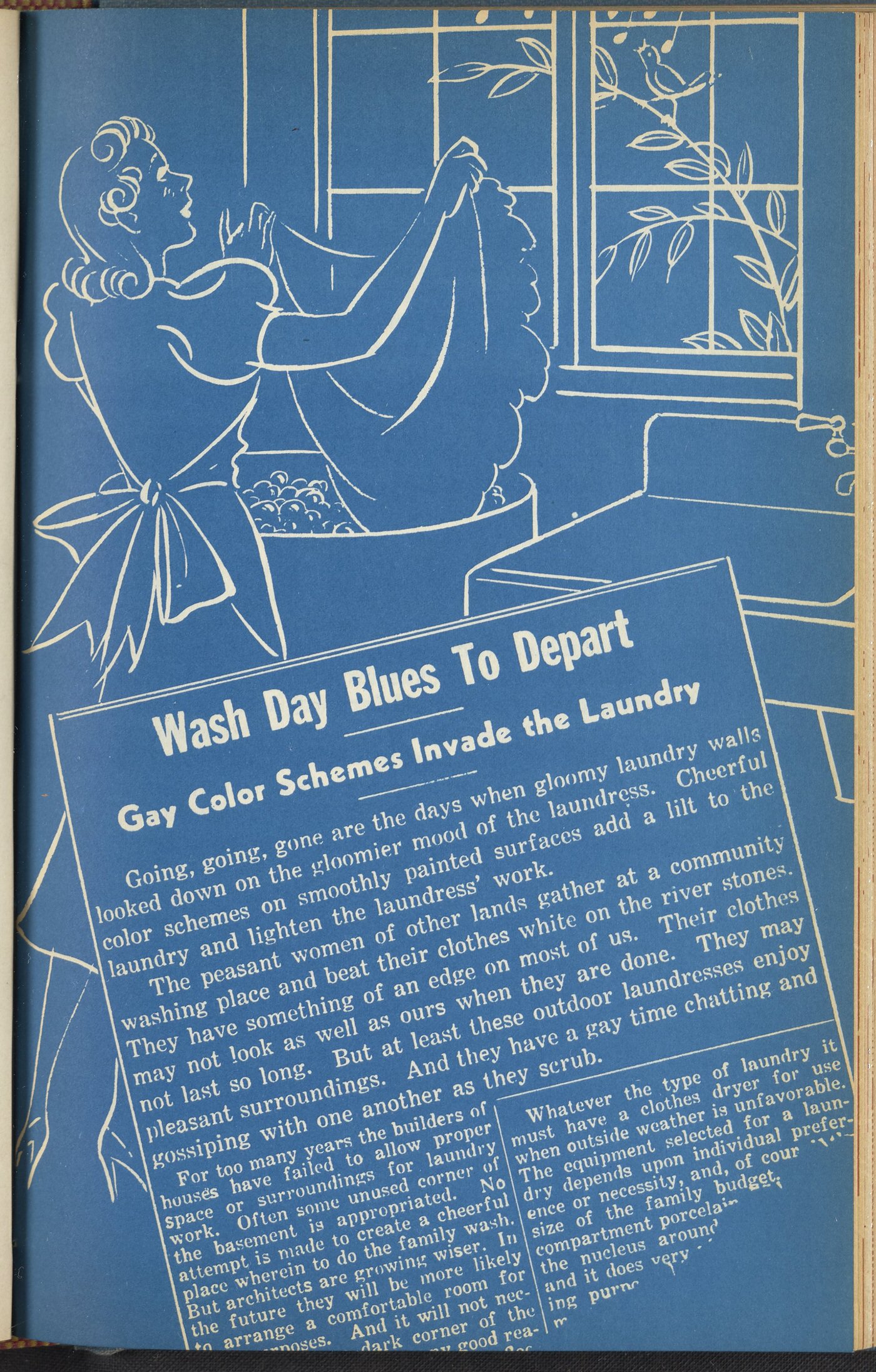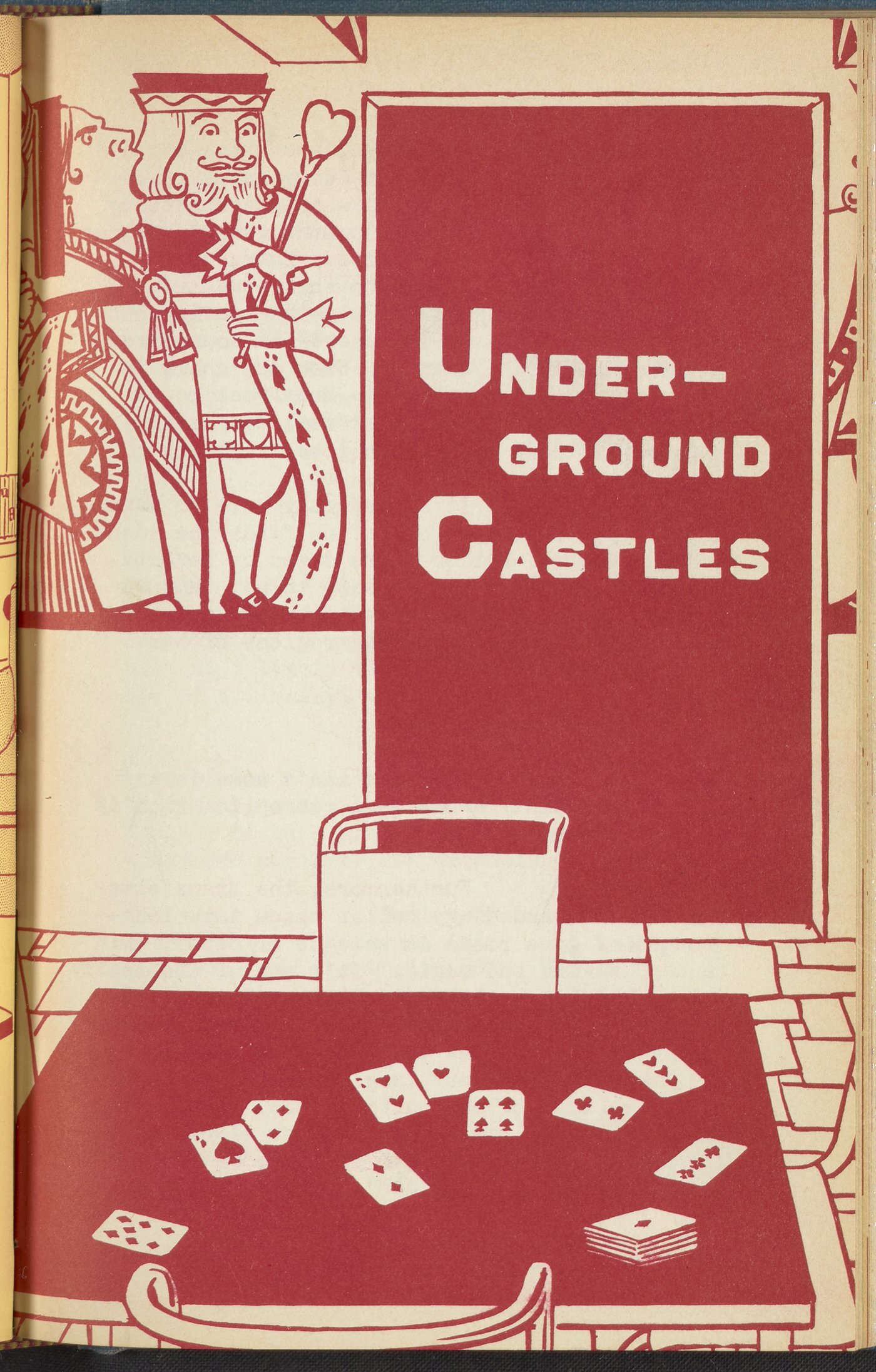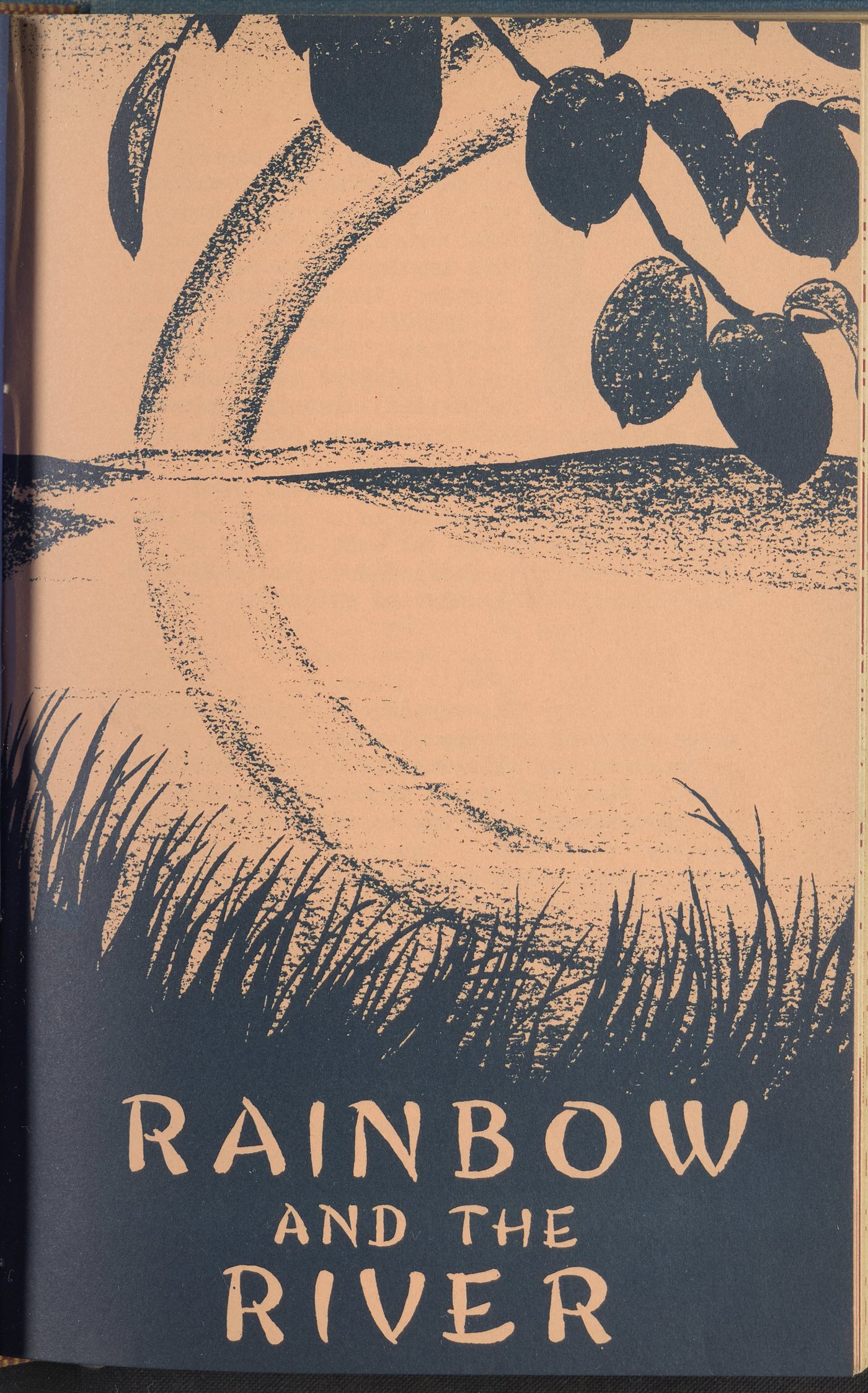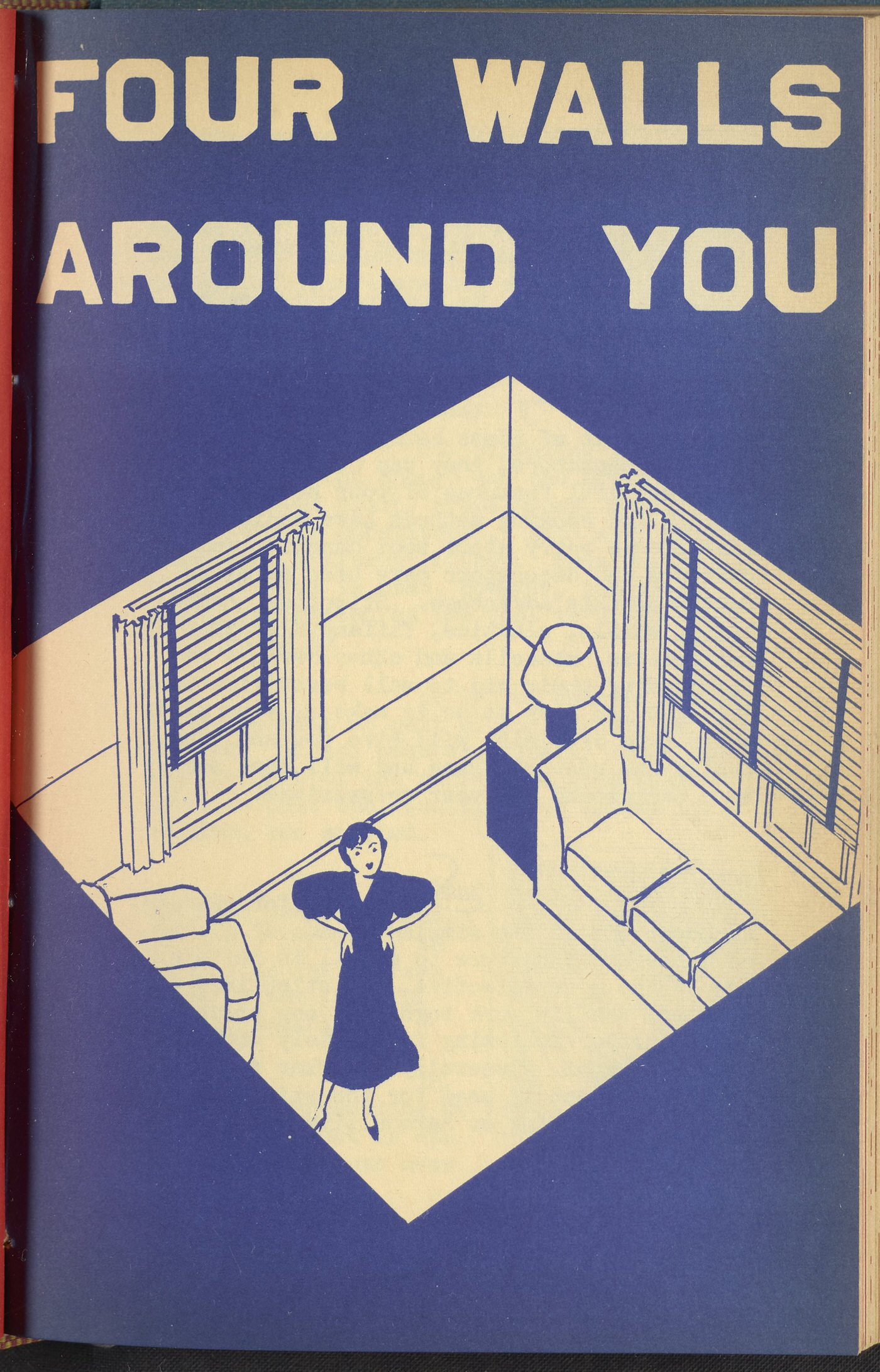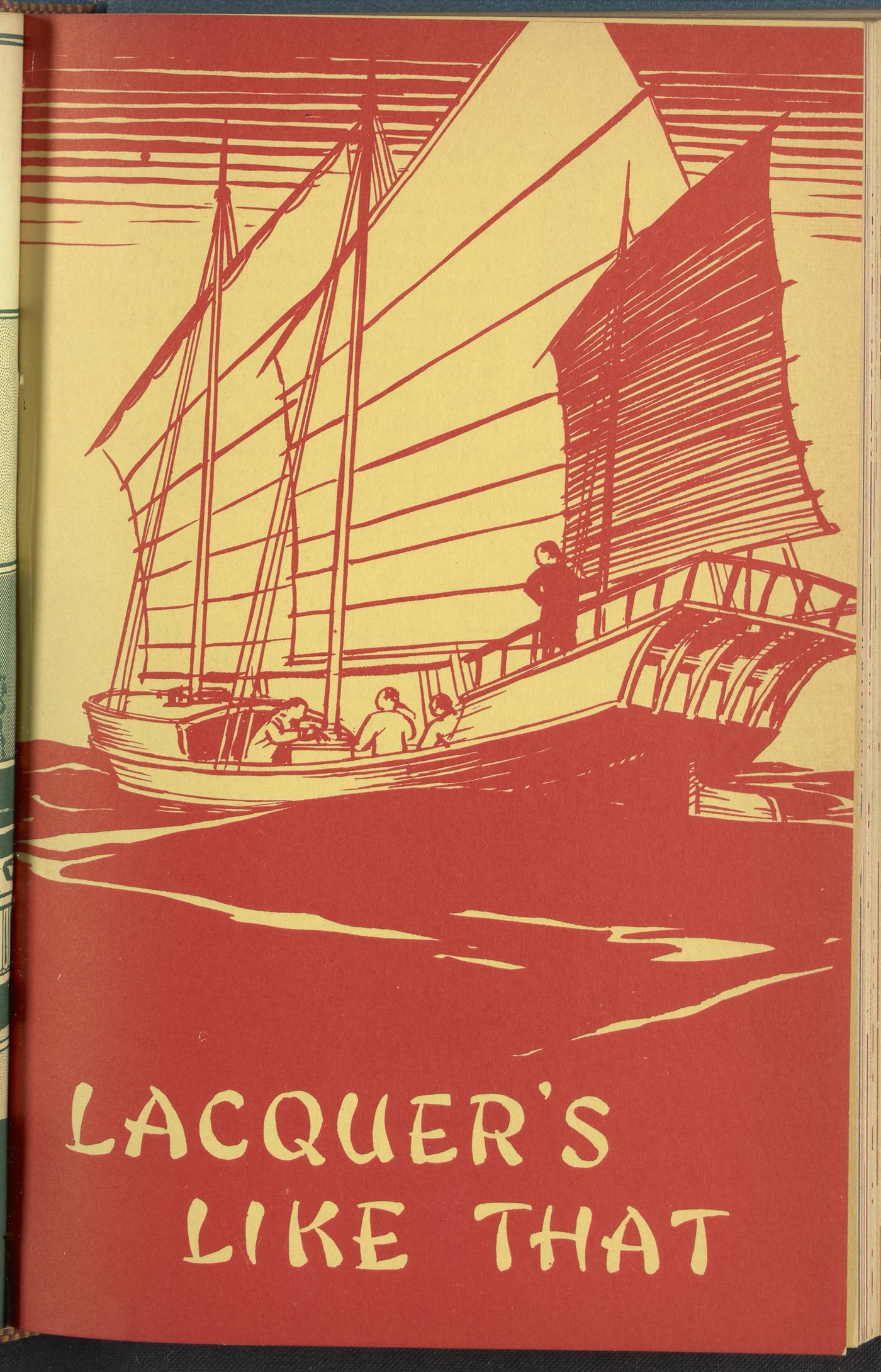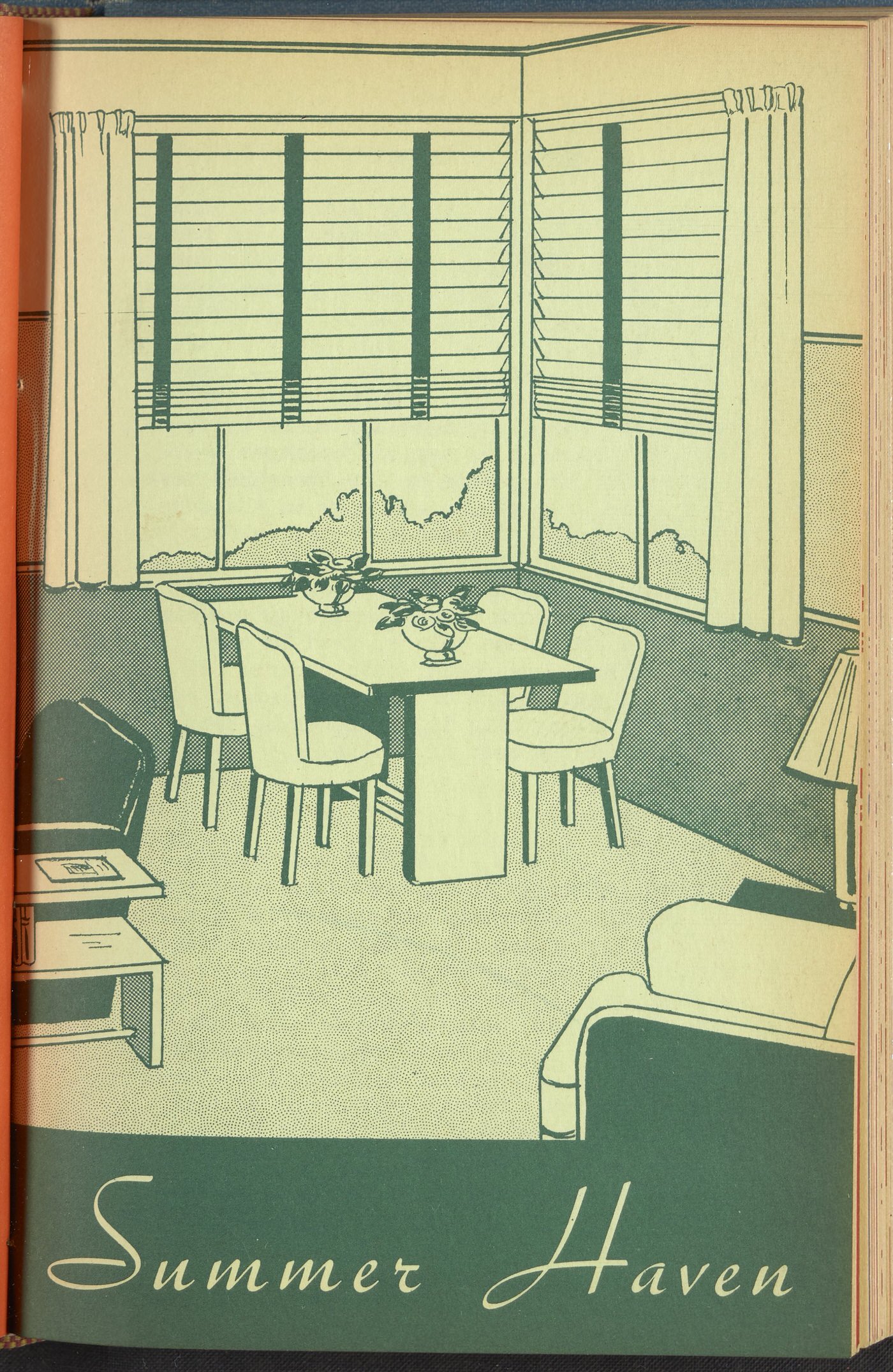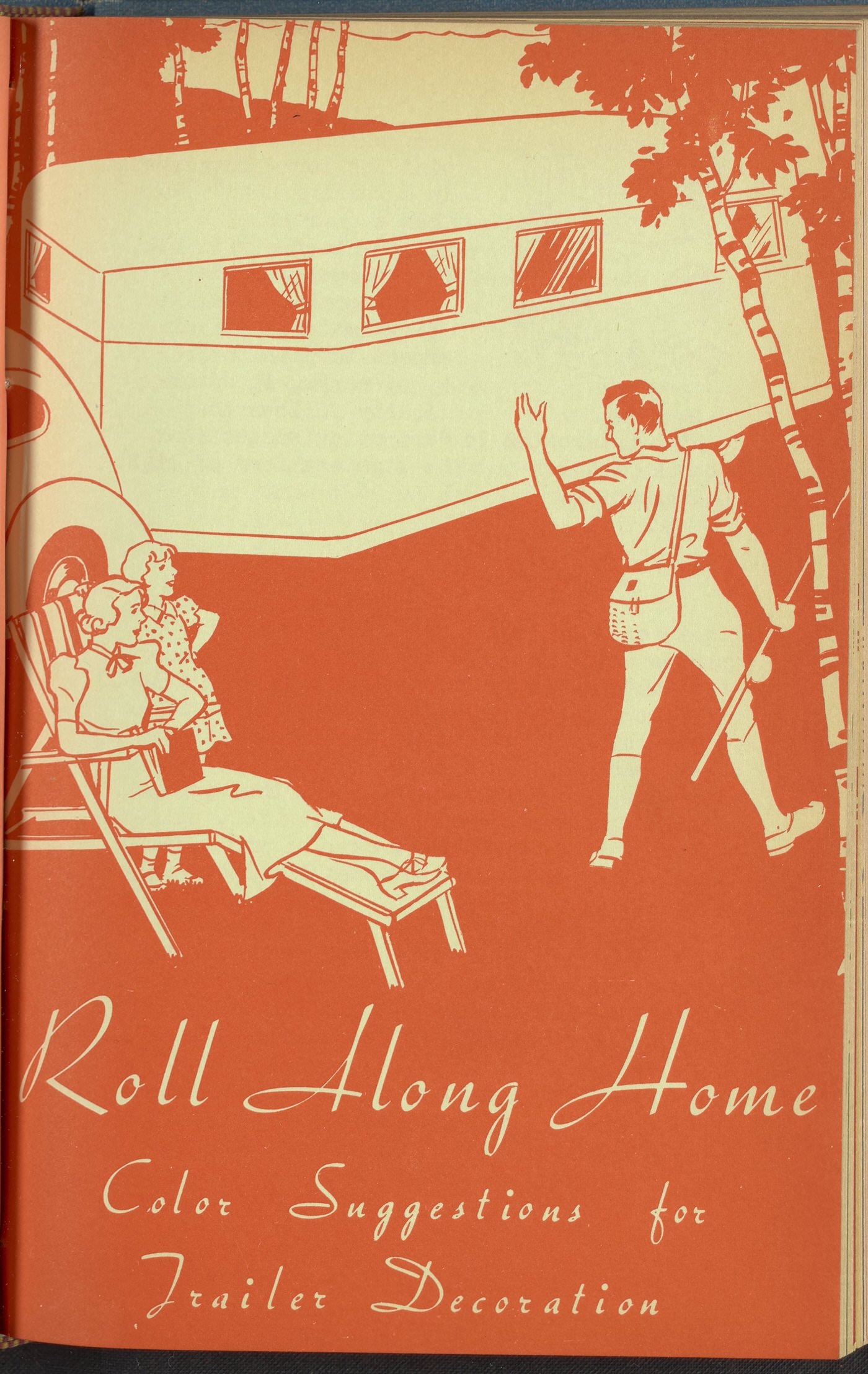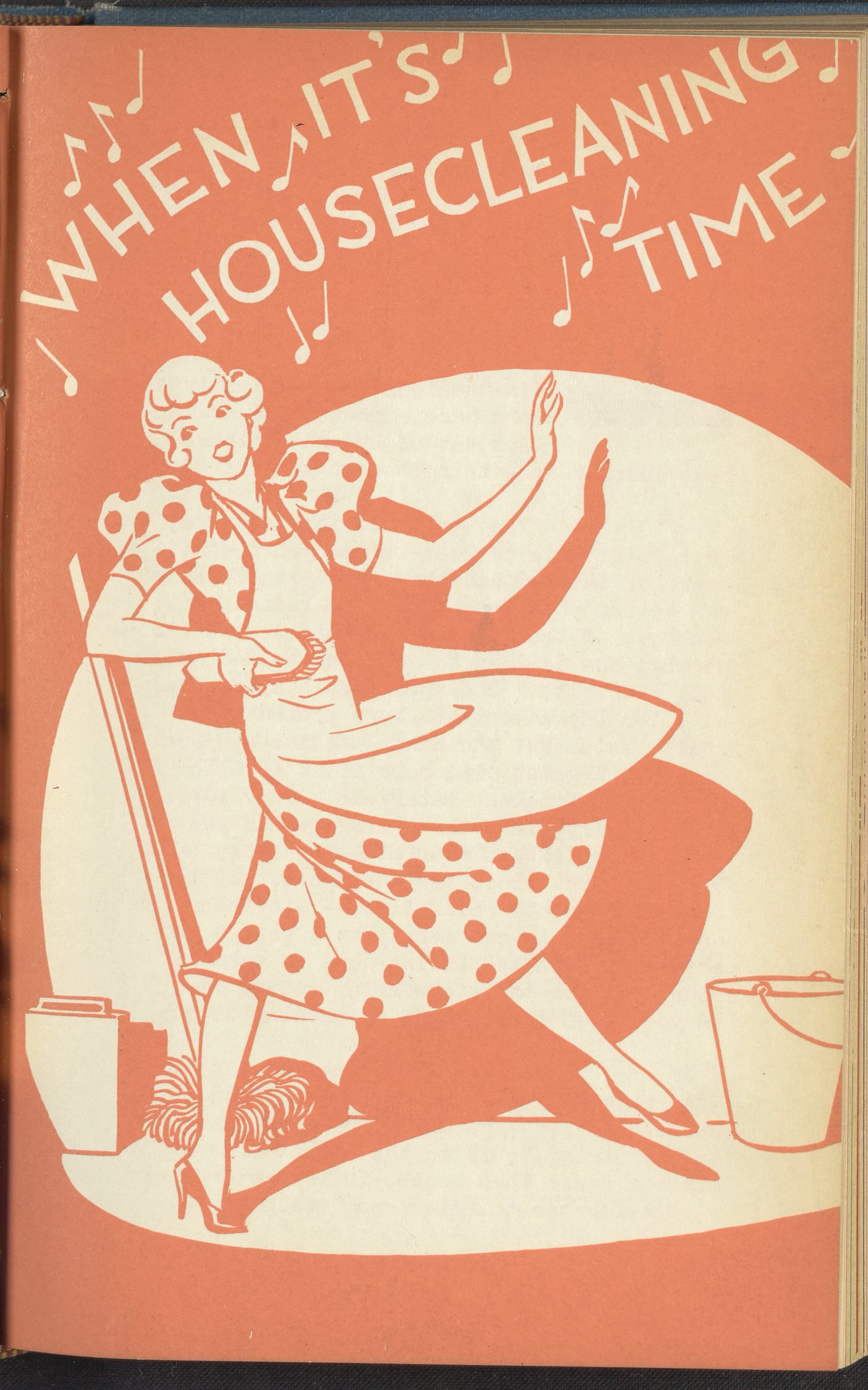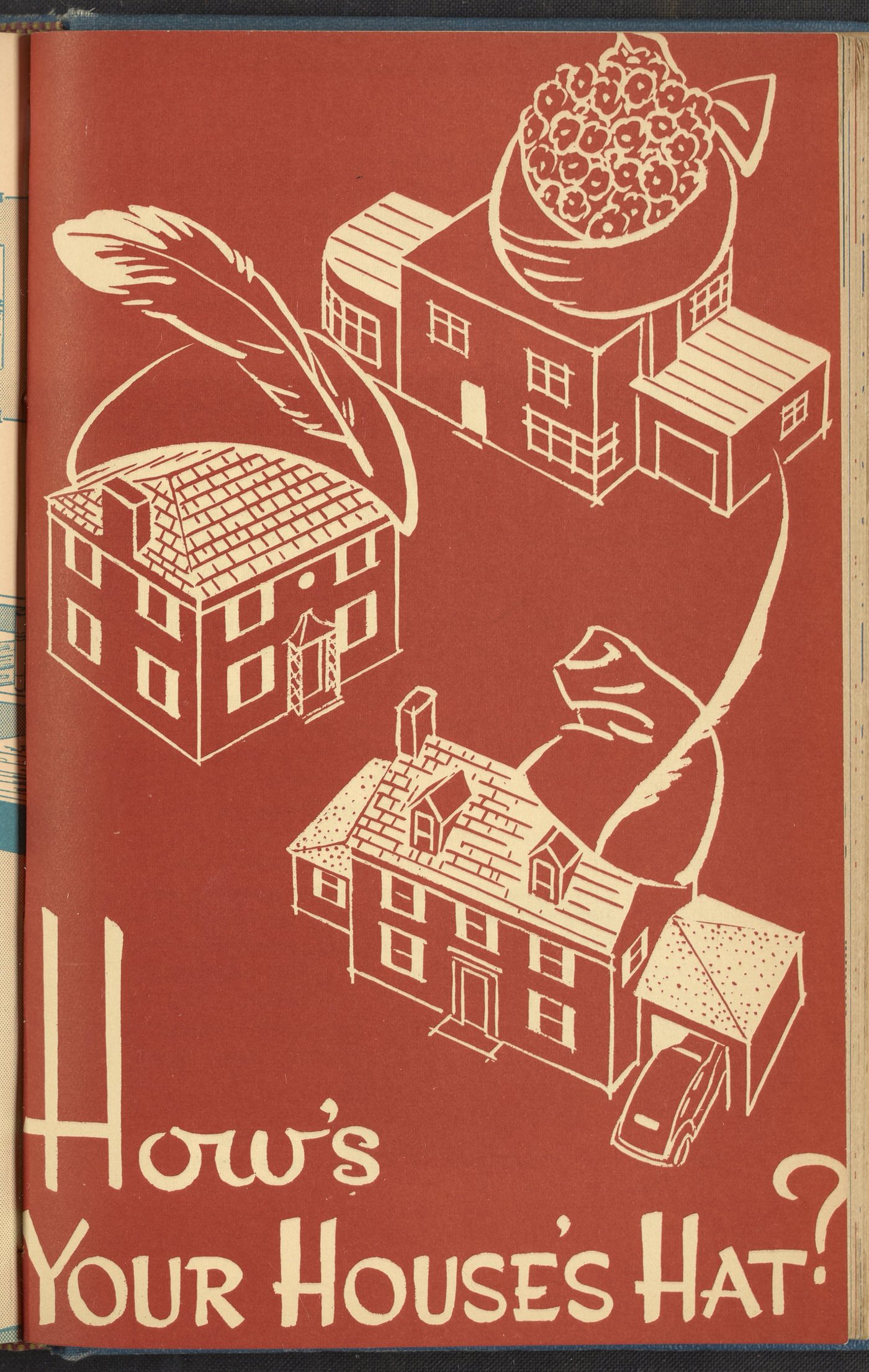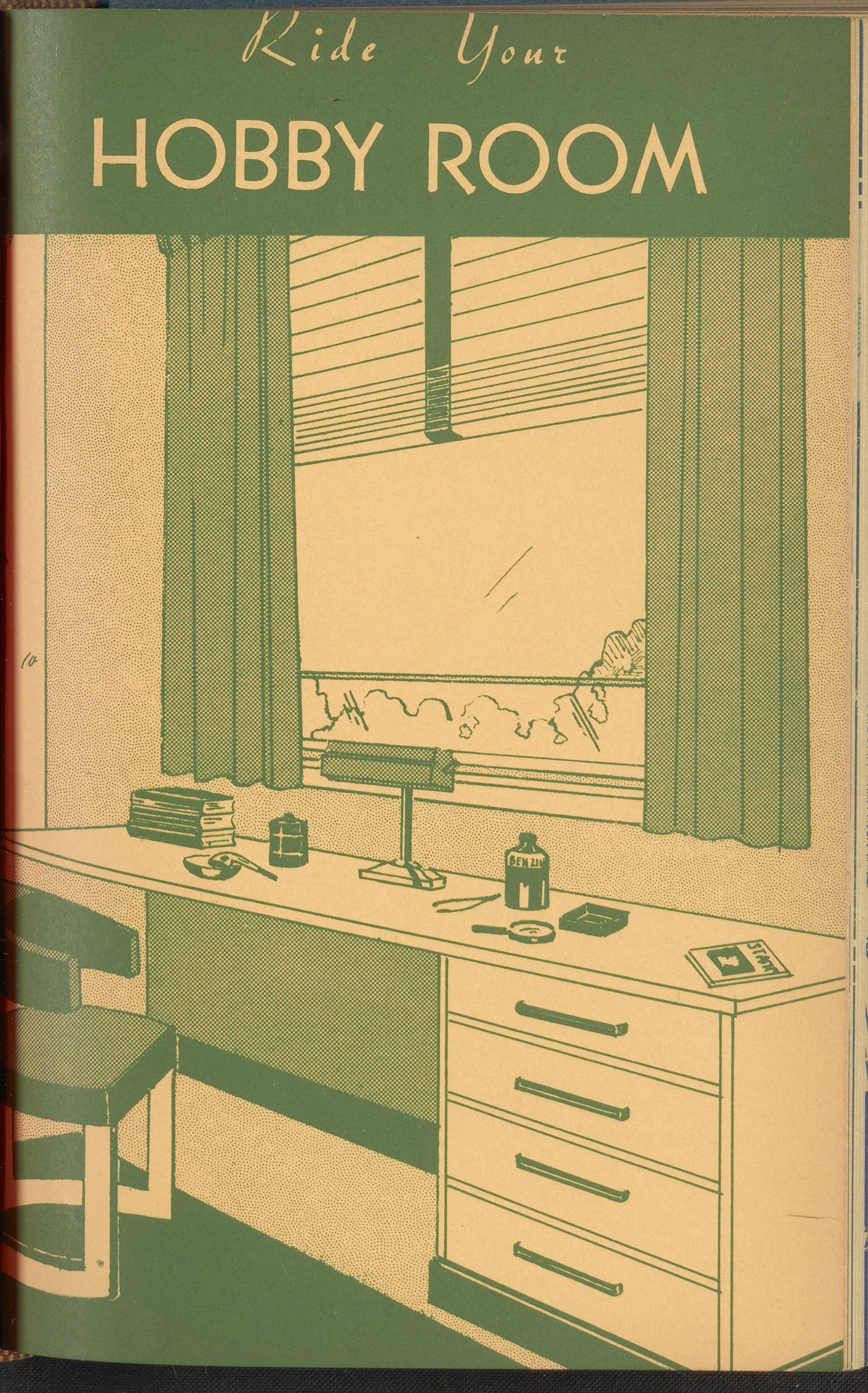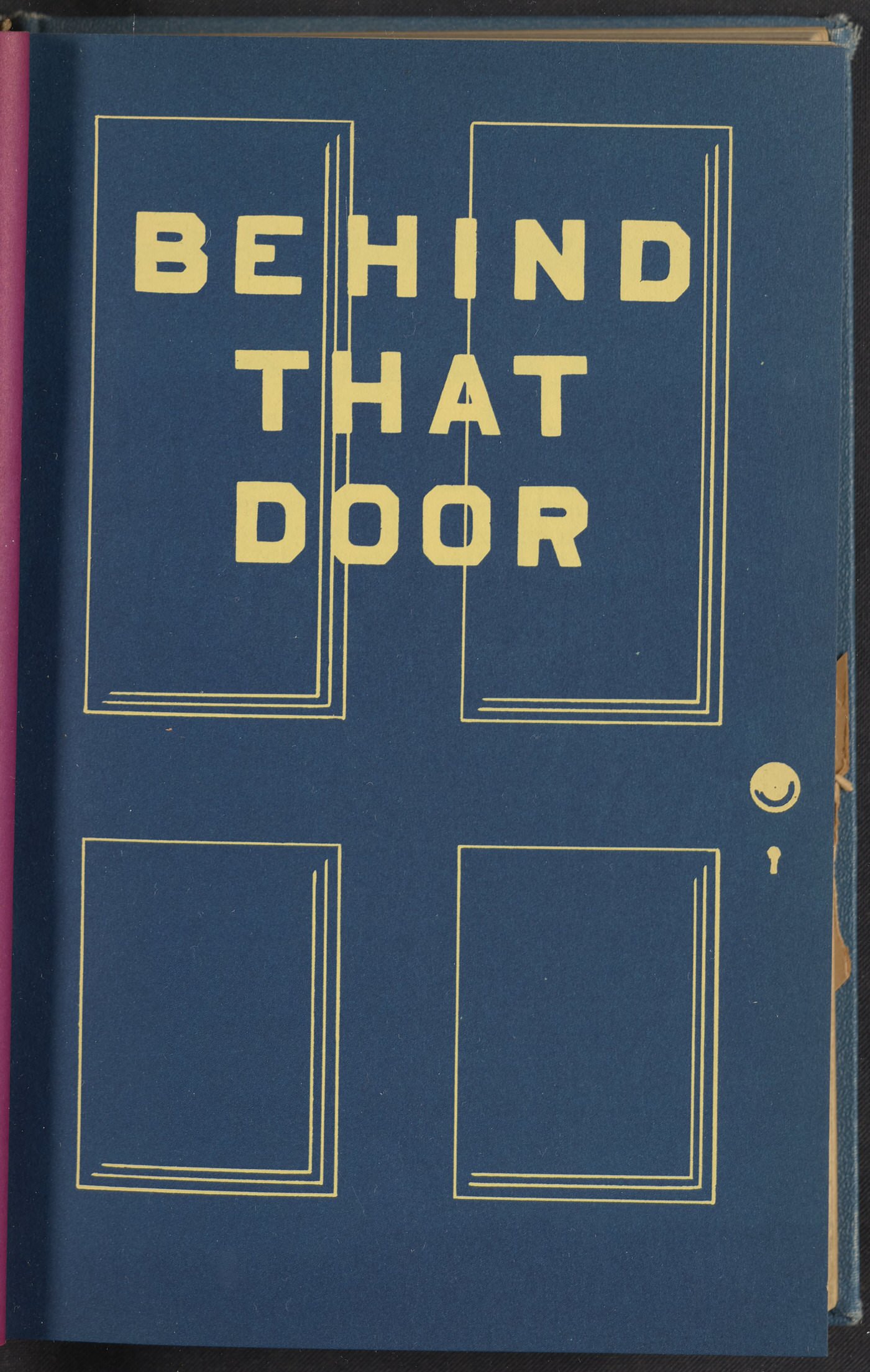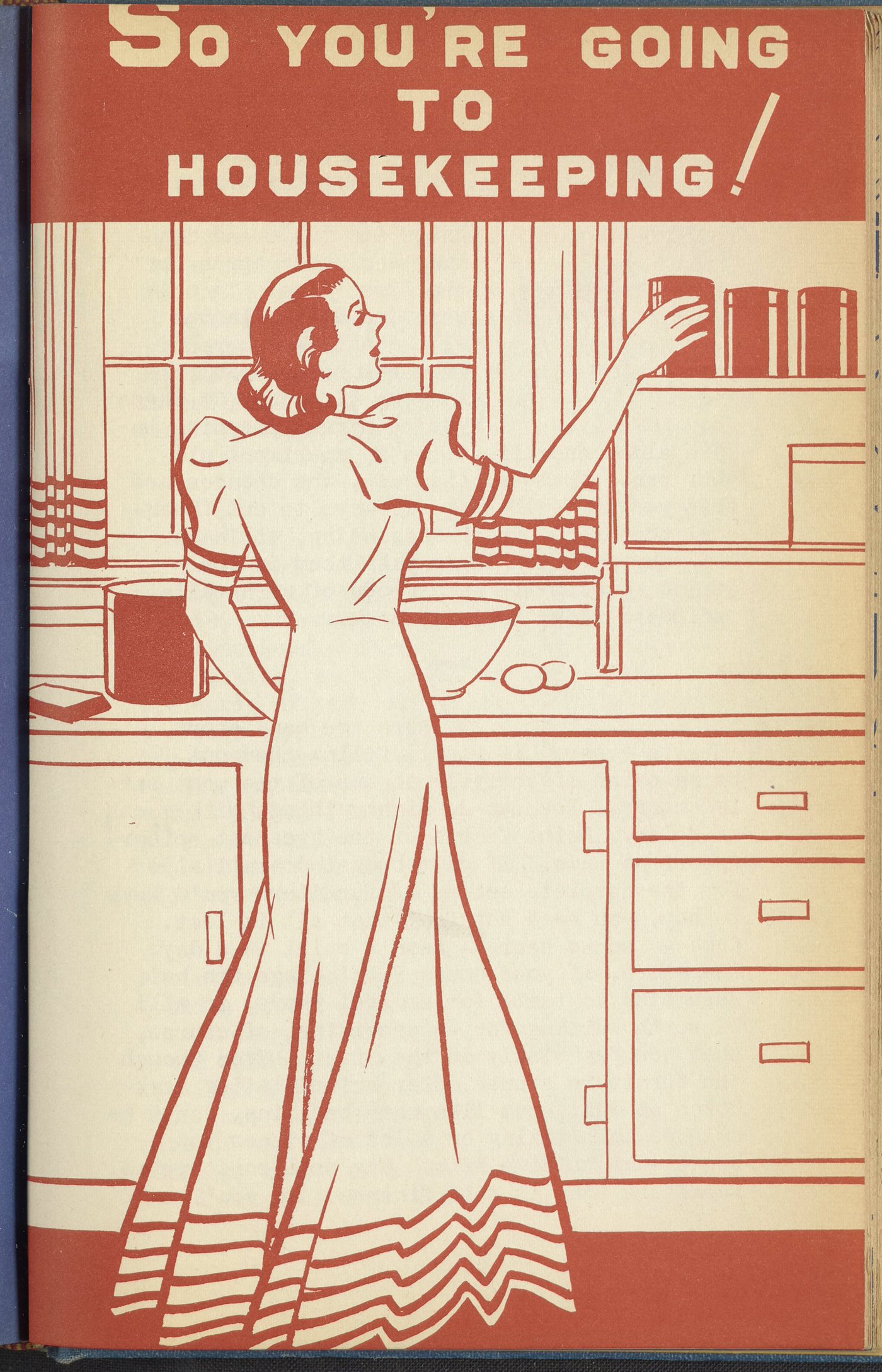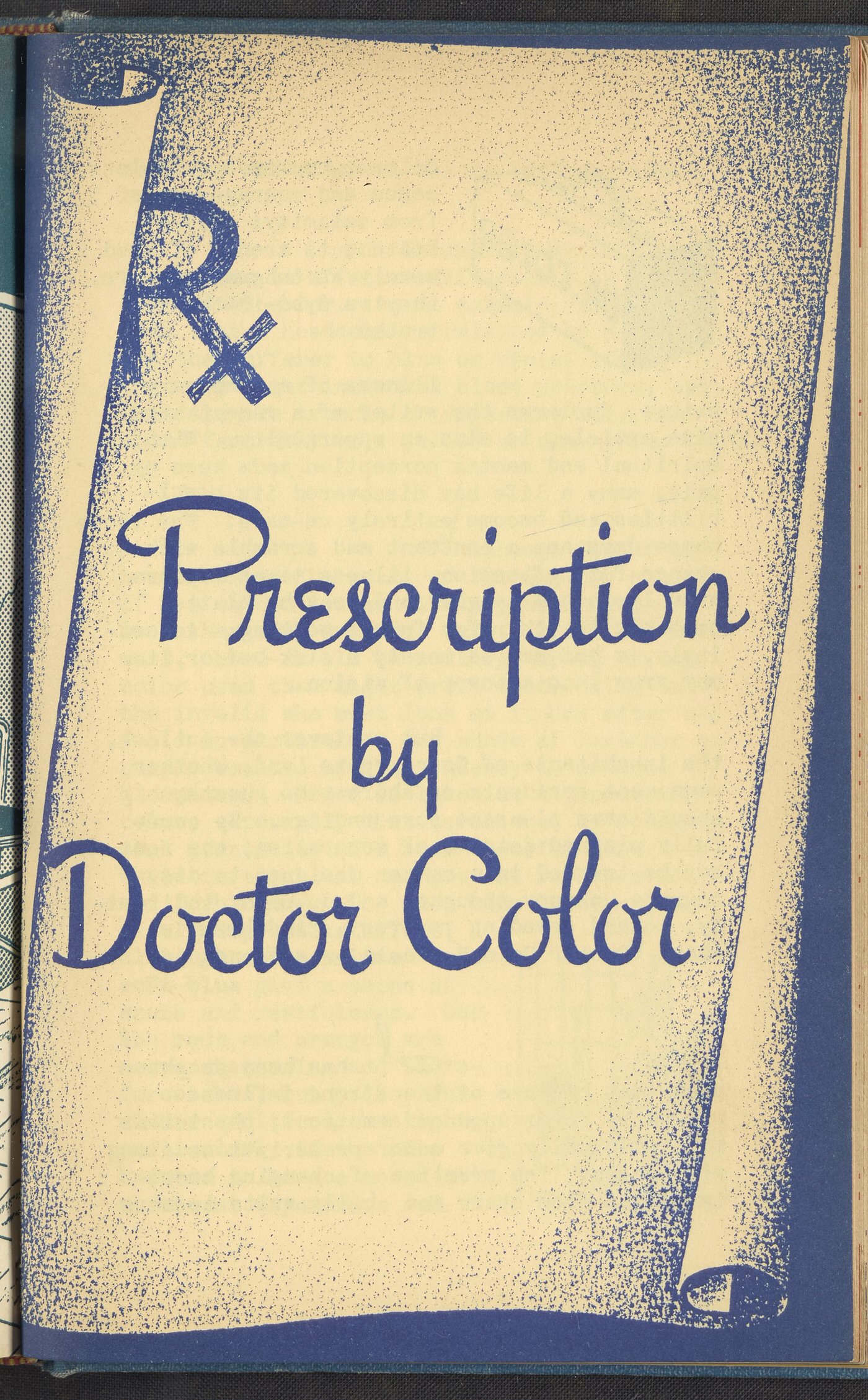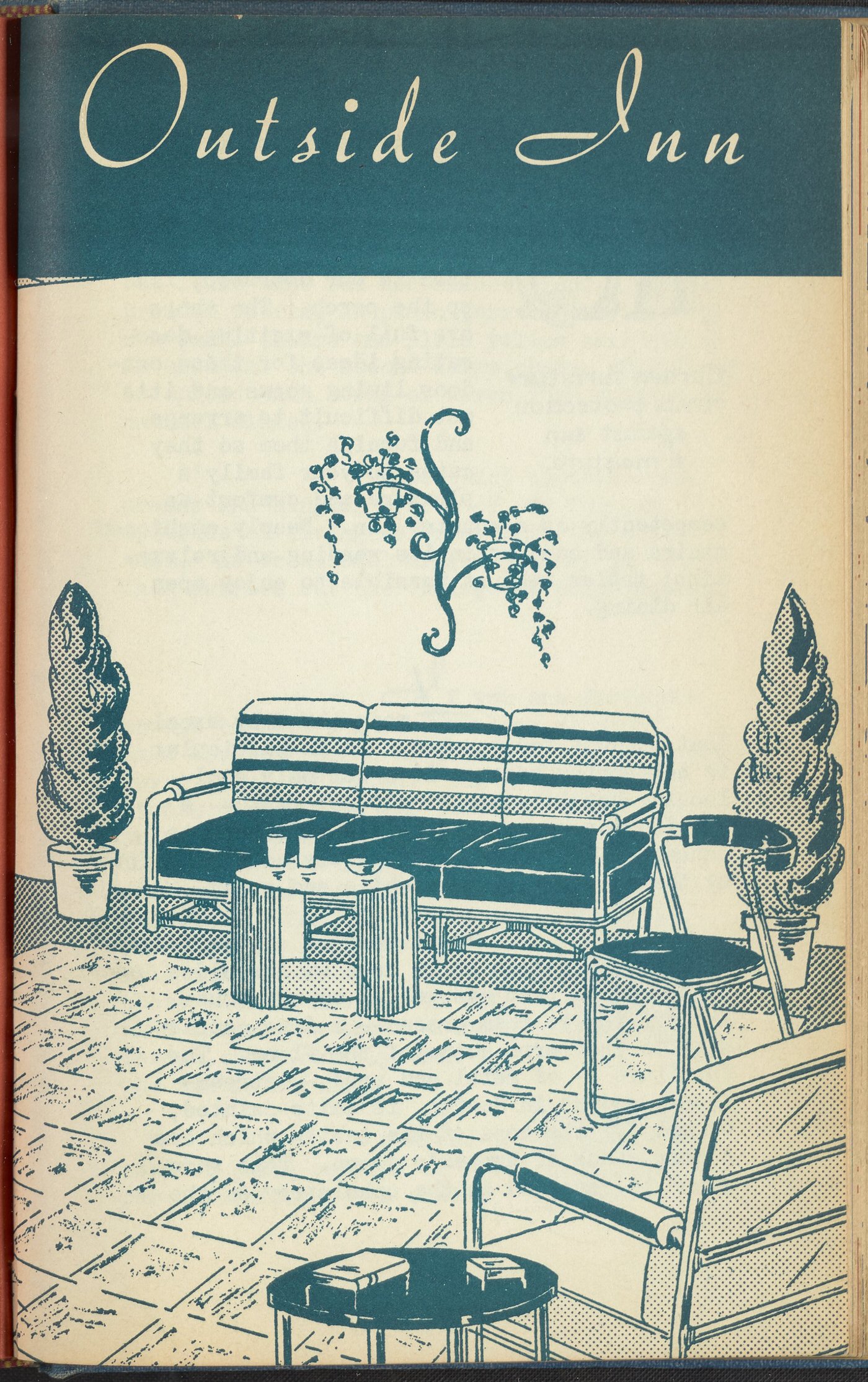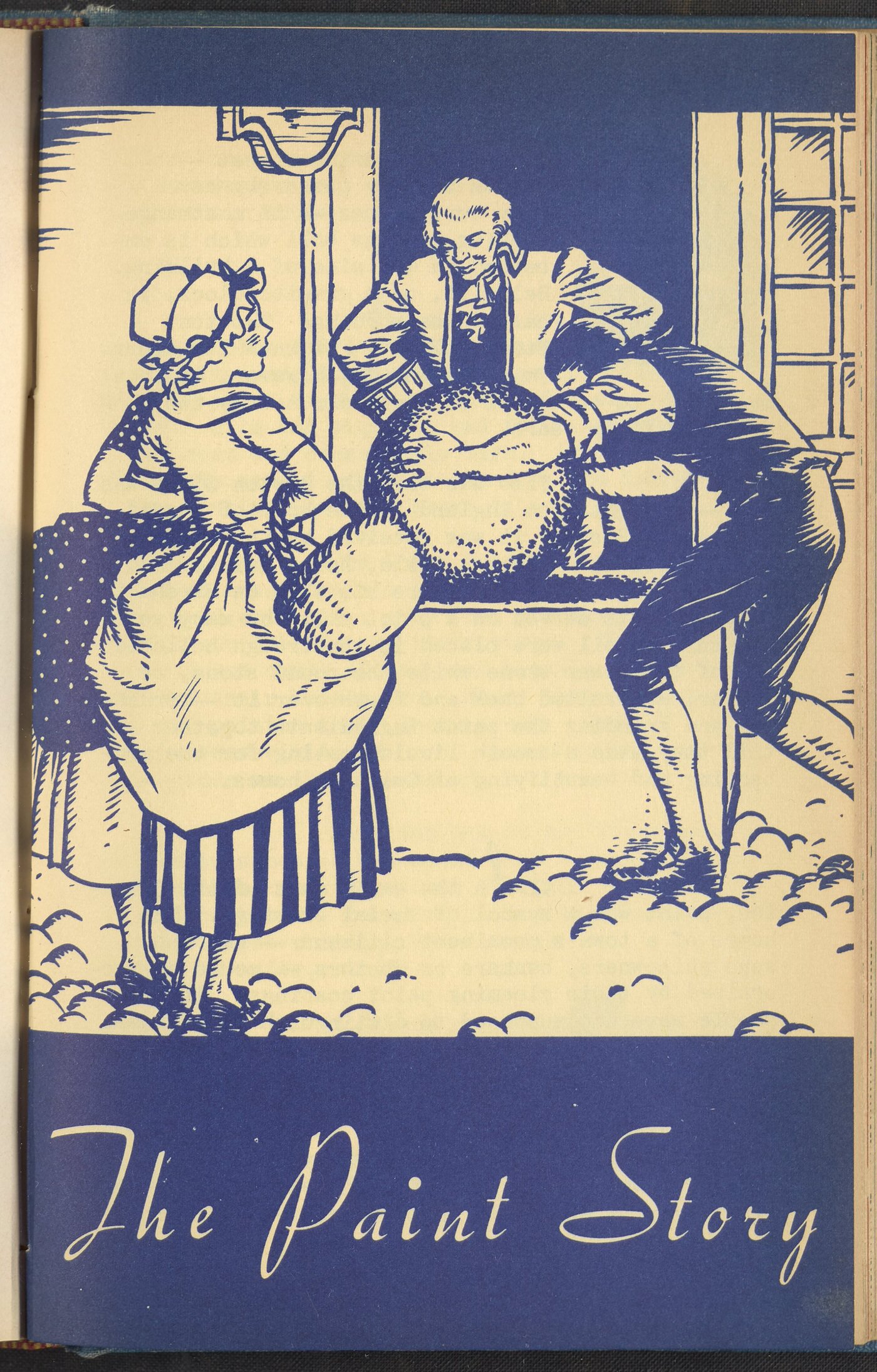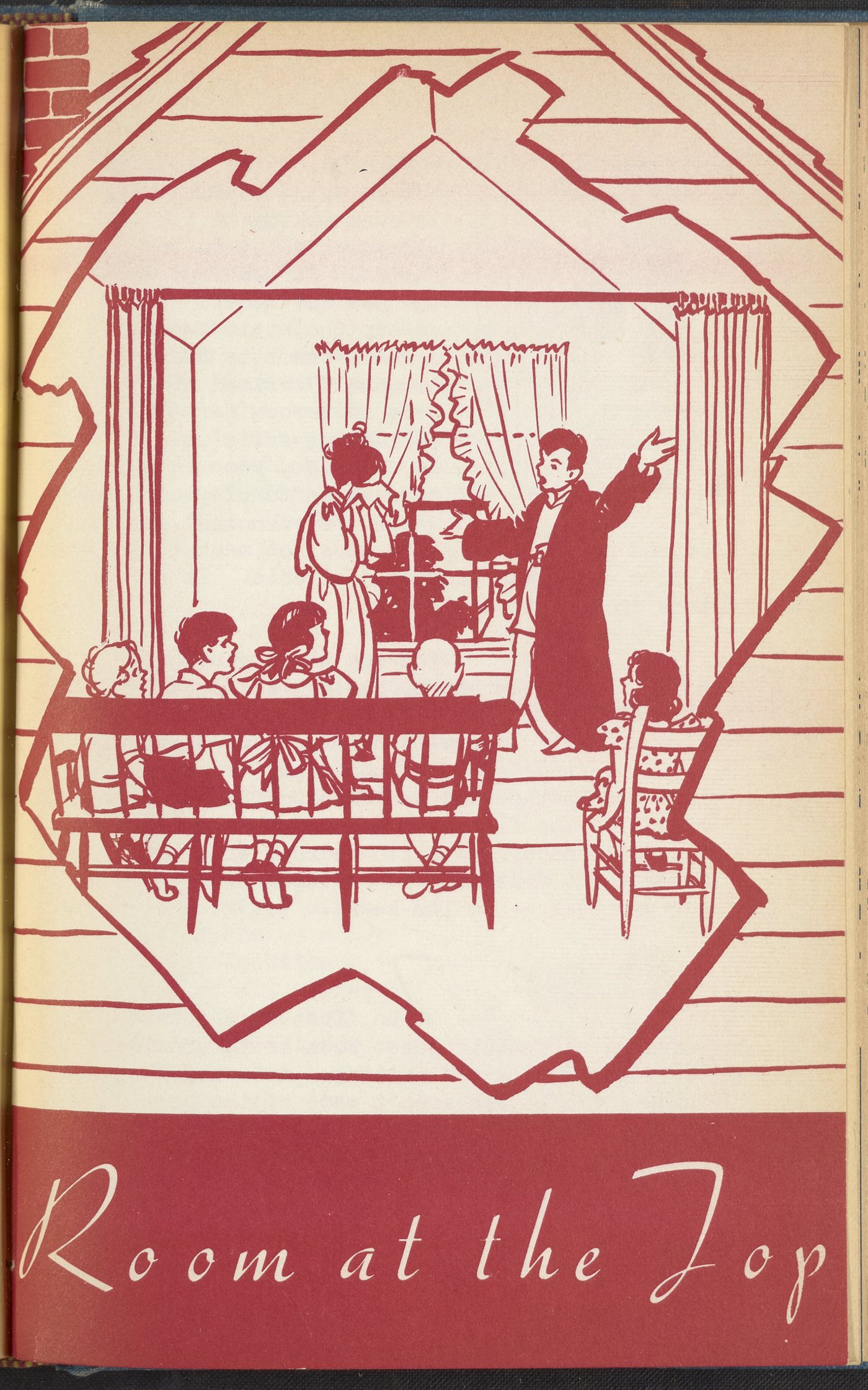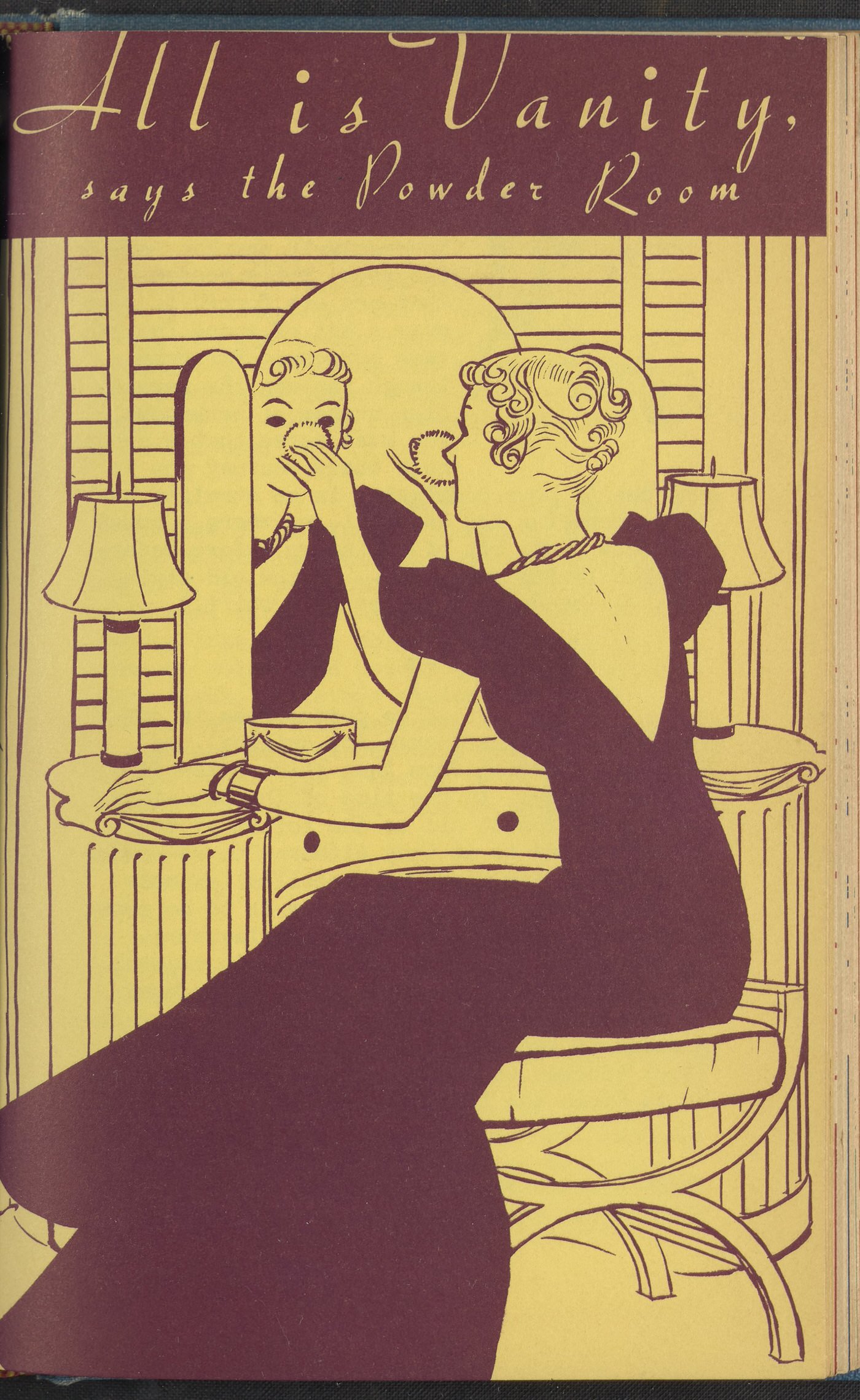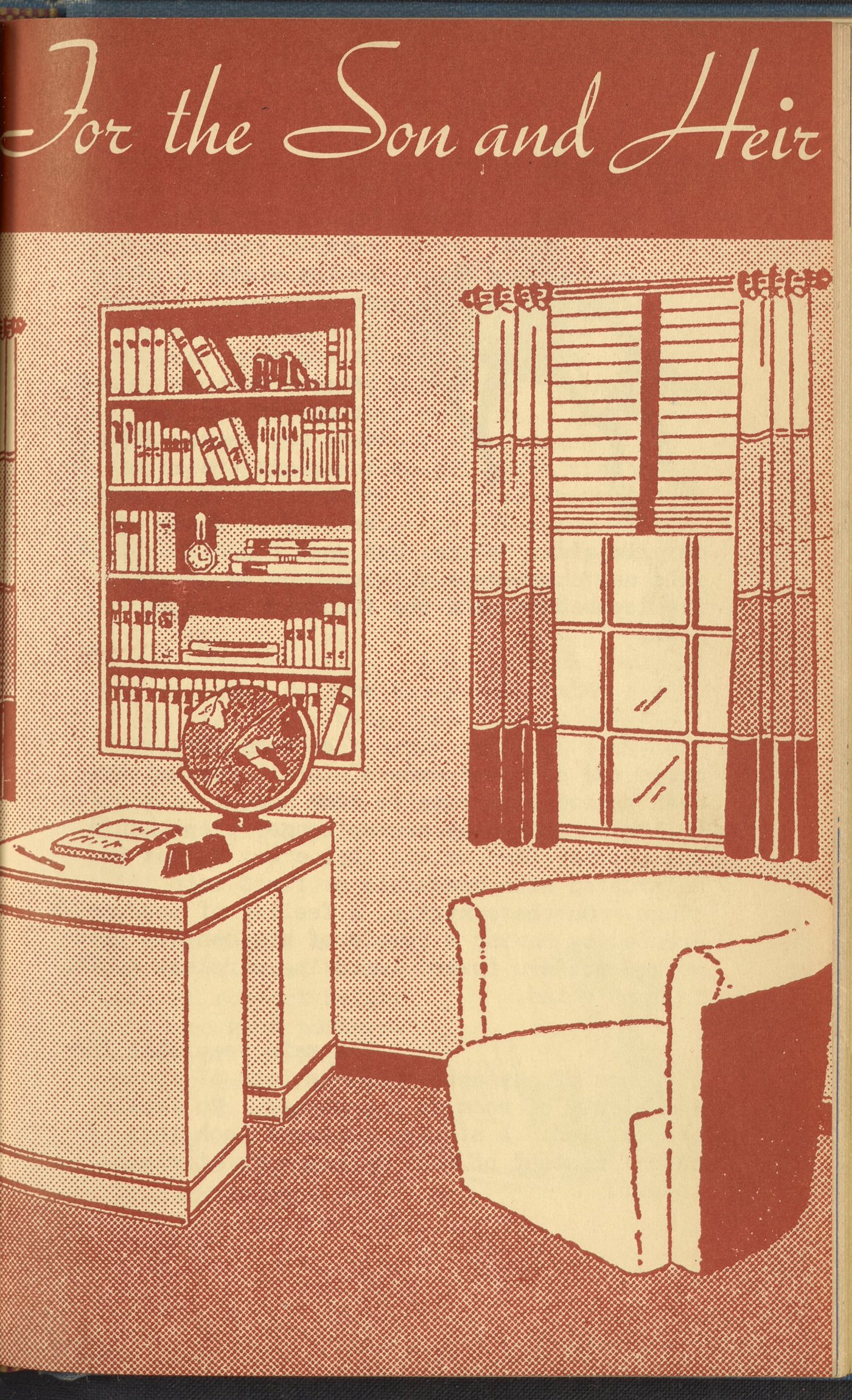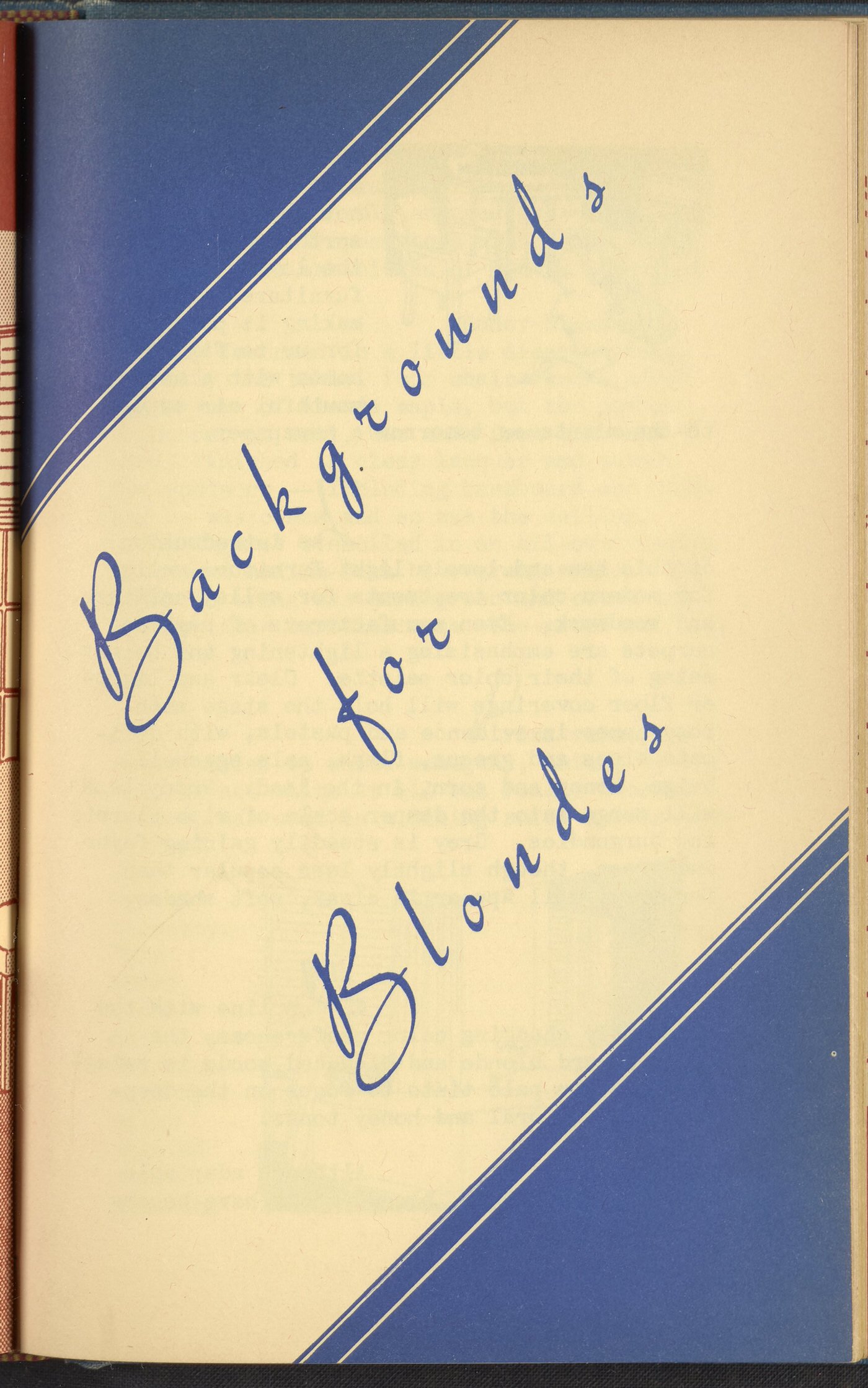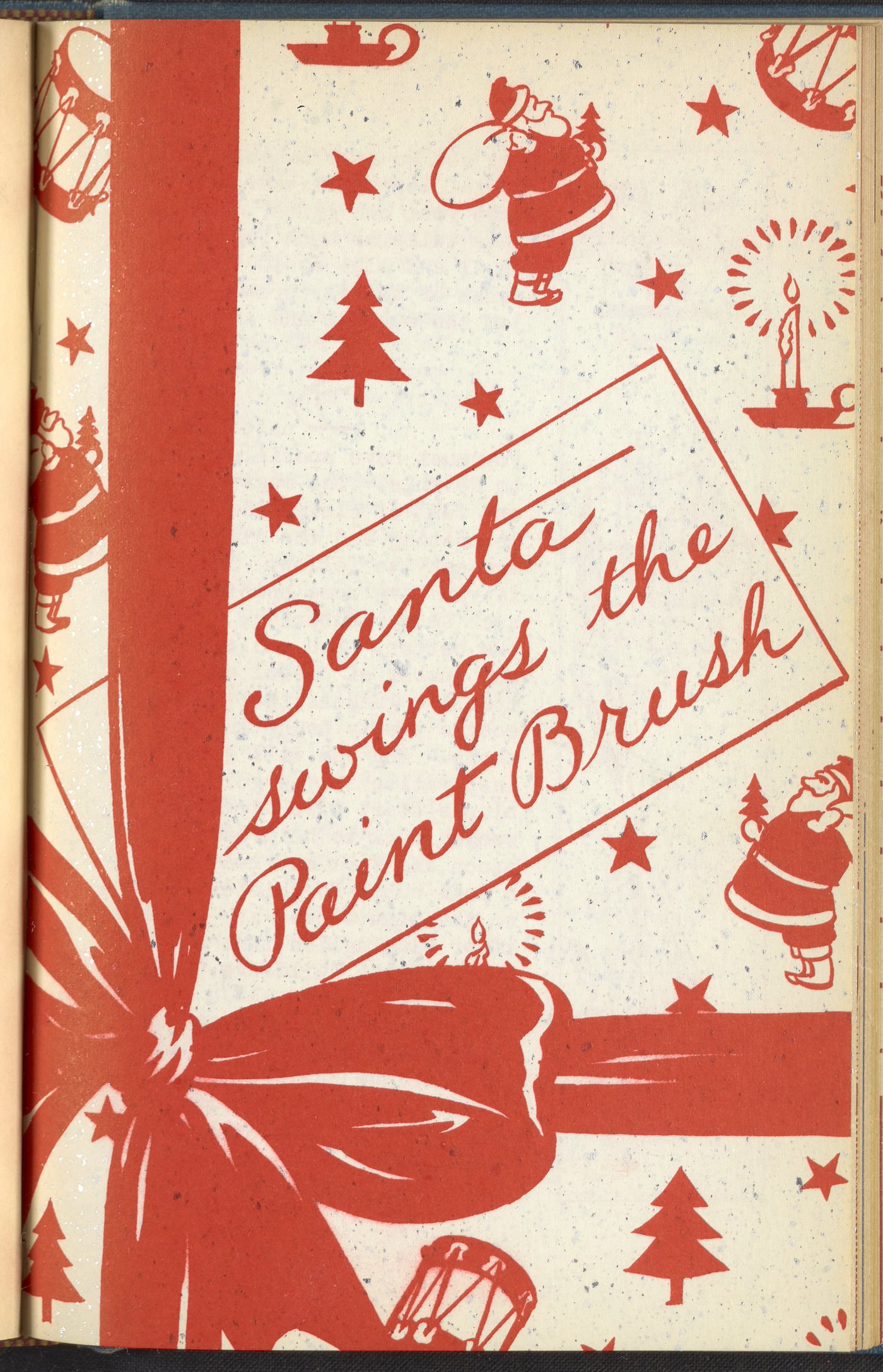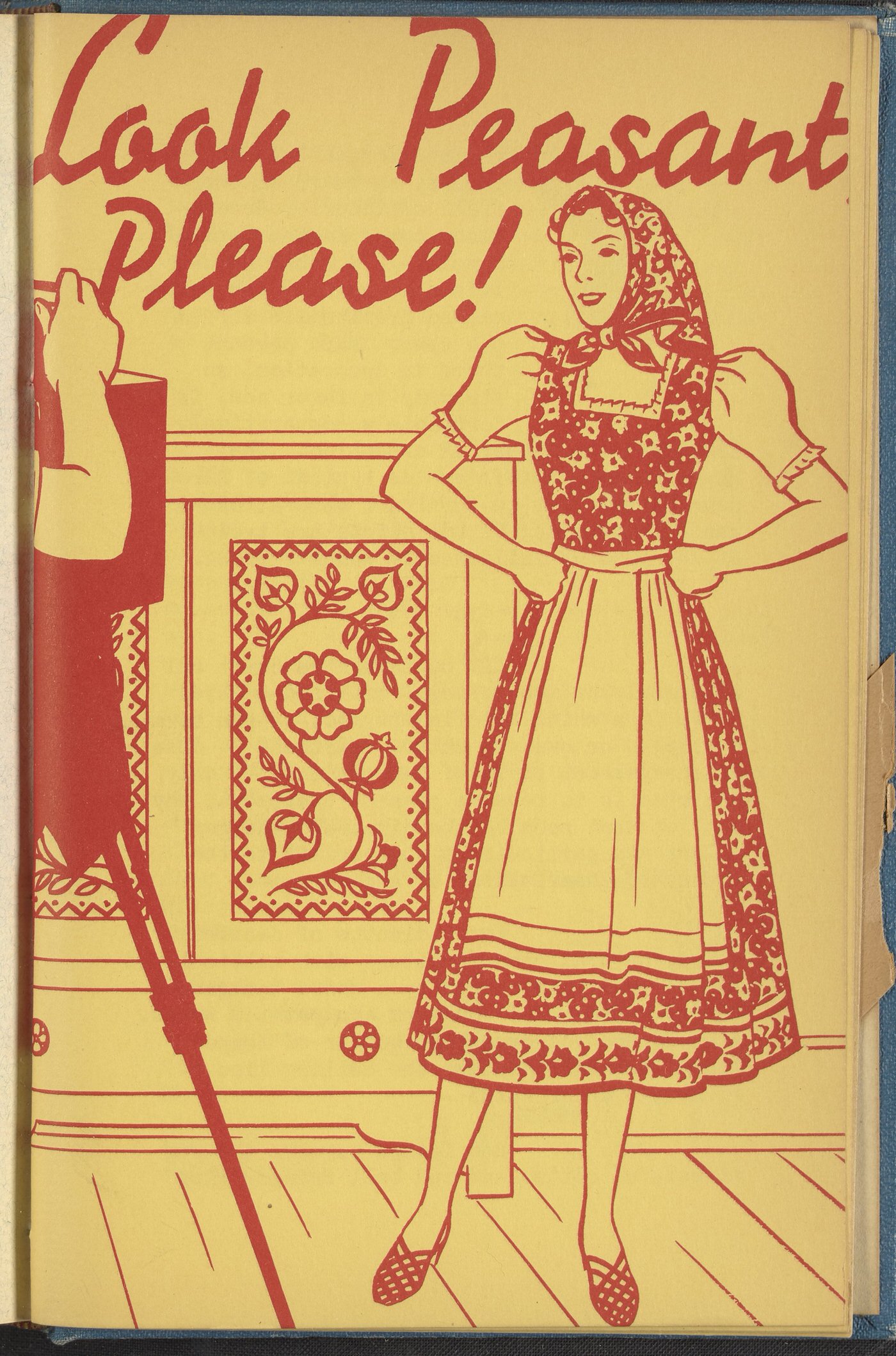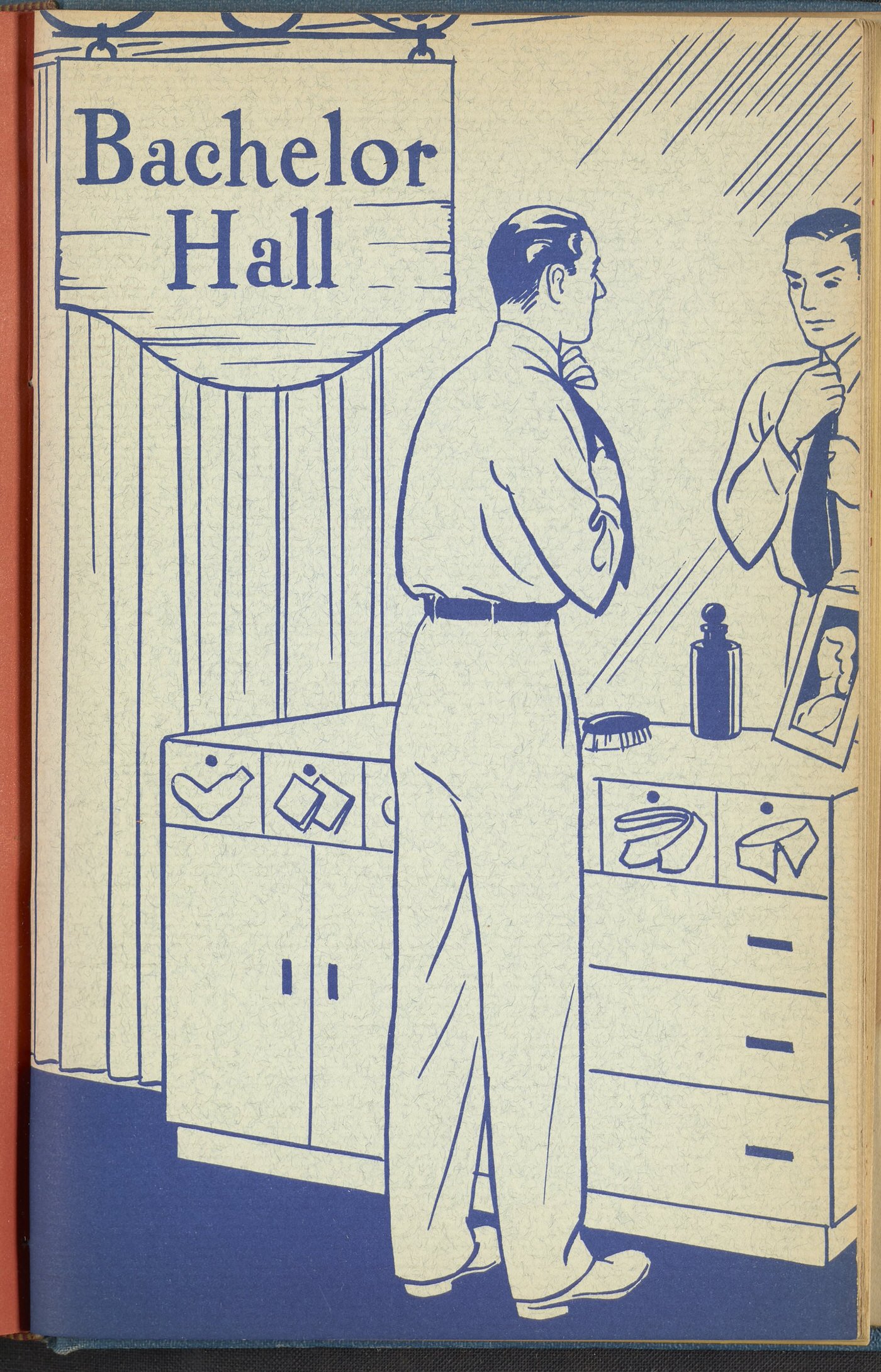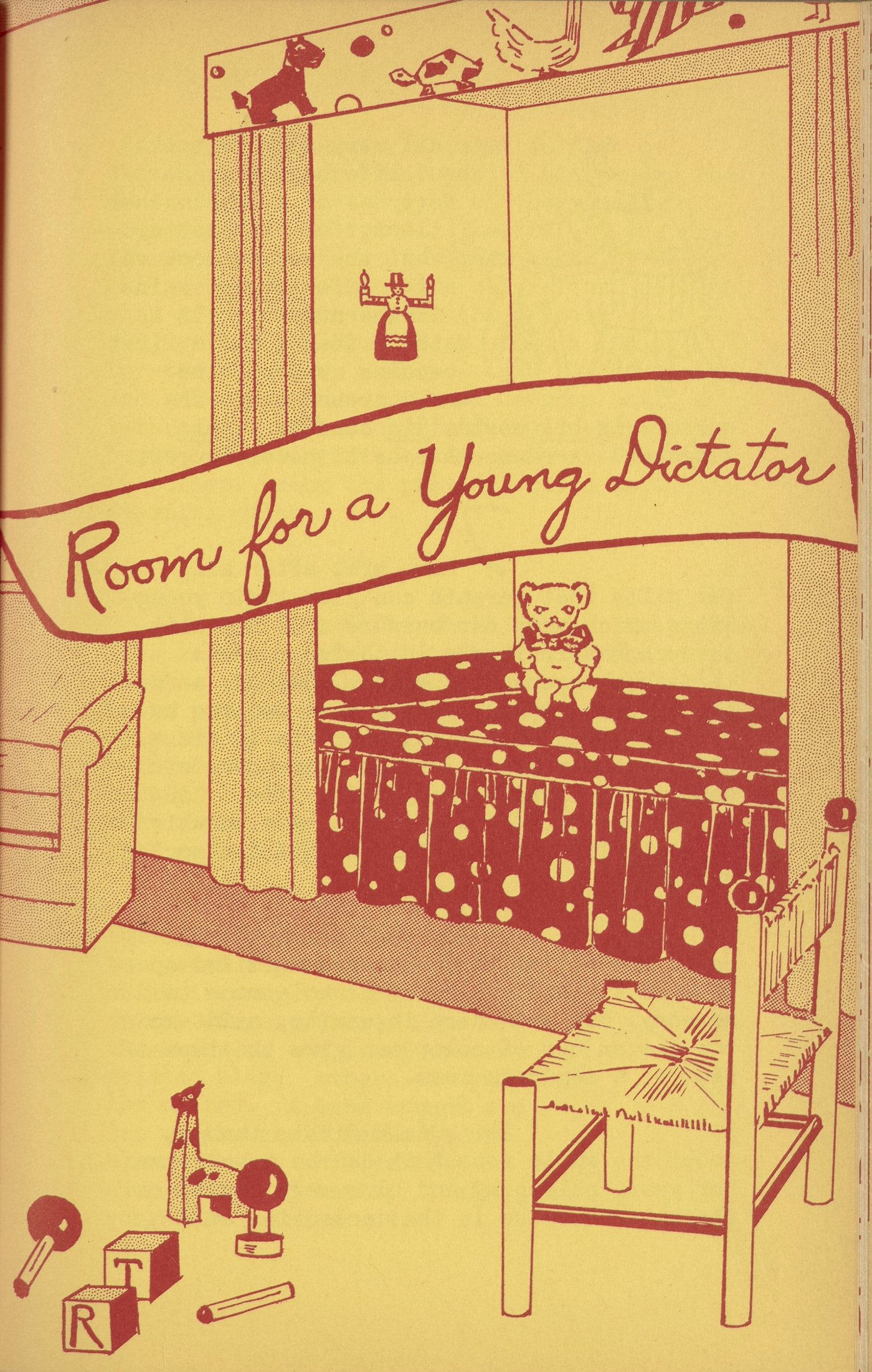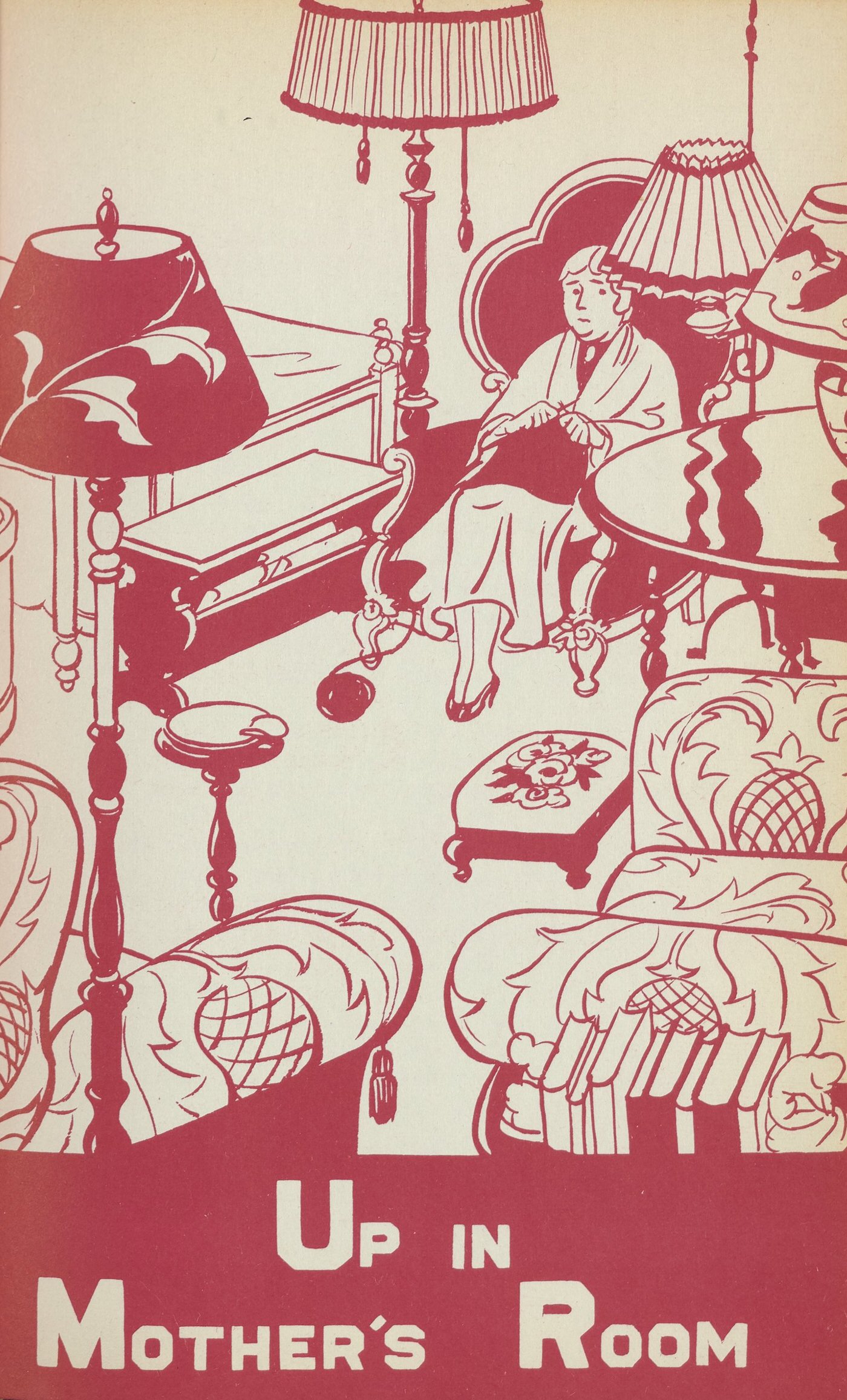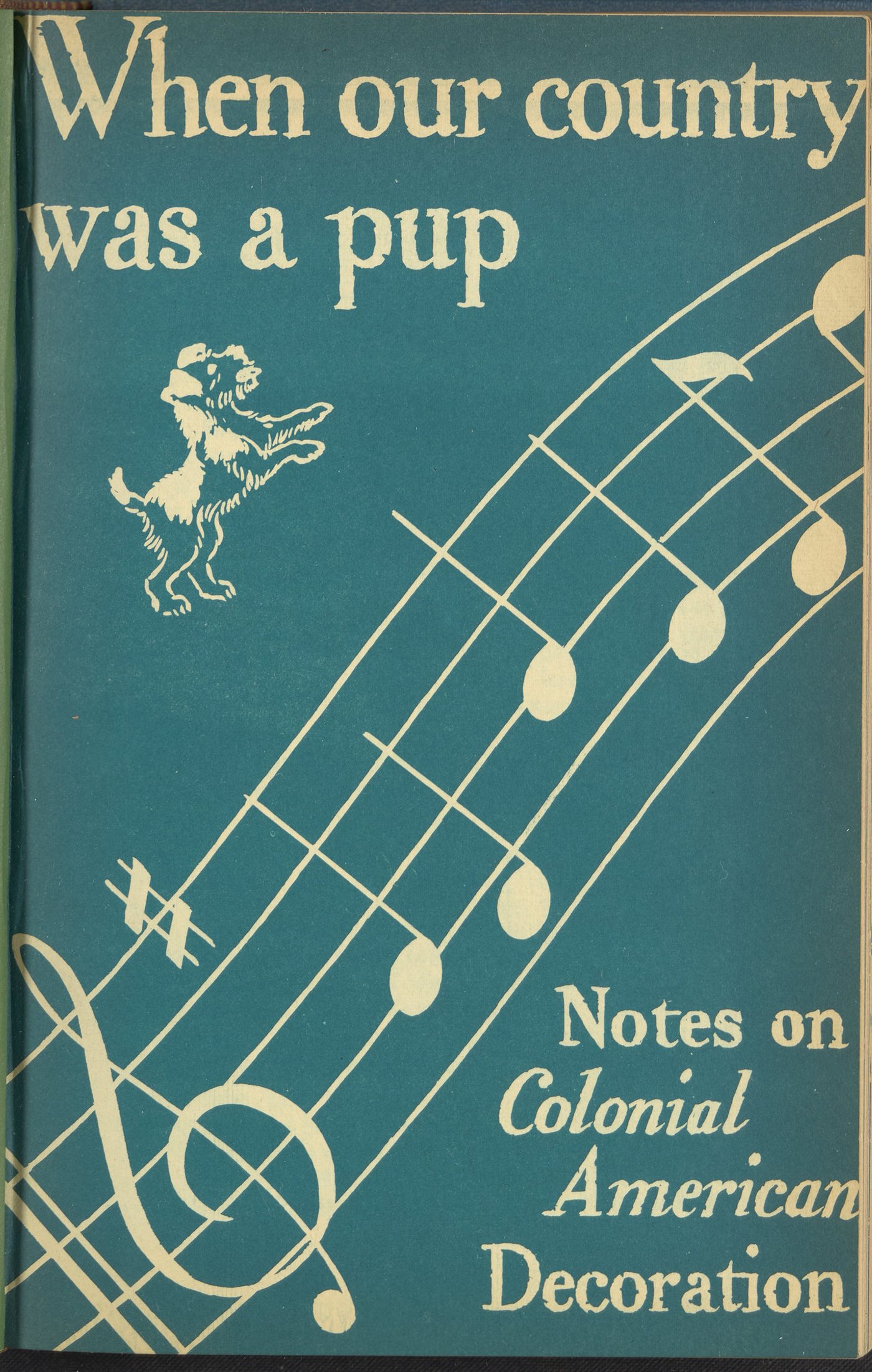The 1940s: a time of global turmoil, of dictators rising and wars raging. But amidst the fear and uncertainty, the US National Paint, Varnish and Lacquer Association offered an unusual source of comfort – paint. Not just any paint, mind you, but paint with the power to protect your home, and perhaps even your family, from the threats of the outside world.
This wasn’t your typical advertising campaign. Forget the usual promises of brightening up your living room or adding a fresh coat to your fence. These pamphlets, produced alongside the association’s radio broadcasts, went a step further. They presented paint and varnish as essential tools for creating a safer, more secure home environment.
The pamphlets themselves were small, eight-page booklets filled with tips and tricks for using paint and varnish in various home improvement projects. The advice was consistent: paint was the answer, the solution to many household woes. But the real eye-catchers were the covers. Bold, graphic, and often humorous, they grabbed your attention with titles like “The Romance of Shellac,” “Dramatizing Dinner,” and the particularly striking “Room for a Young Dictator.”
Yes, you read that right. “Room for a Young Dictator.” This pamphlet, along with others like “Paint Protects America” and “Prepare Now… Paint Protects,” tapped into the anxieties of the time. The world was on edge, and the association cleverly used this to their advantage. They promoted paint not just as a decorative tool, but as a shield against the chaos unfolding beyond your doorstep.
Families huddled around their radios, listening to news of conflict and political unrest. Fear and uncertainty hung heavy in the air. In this climate, the idea of creating a safe haven within your own home held immense appeal. And that’s precisely what these pamphlets offered.
The message was clear: paint your home, and you’re not just adding a splash of color, you’re creating a barrier. A barrier against the elements, against wear and tear, and even against the metaphorical storms brewing in the world outside. Paint was presented as a symbol of stability, of control, in a time when so much felt out of control.


